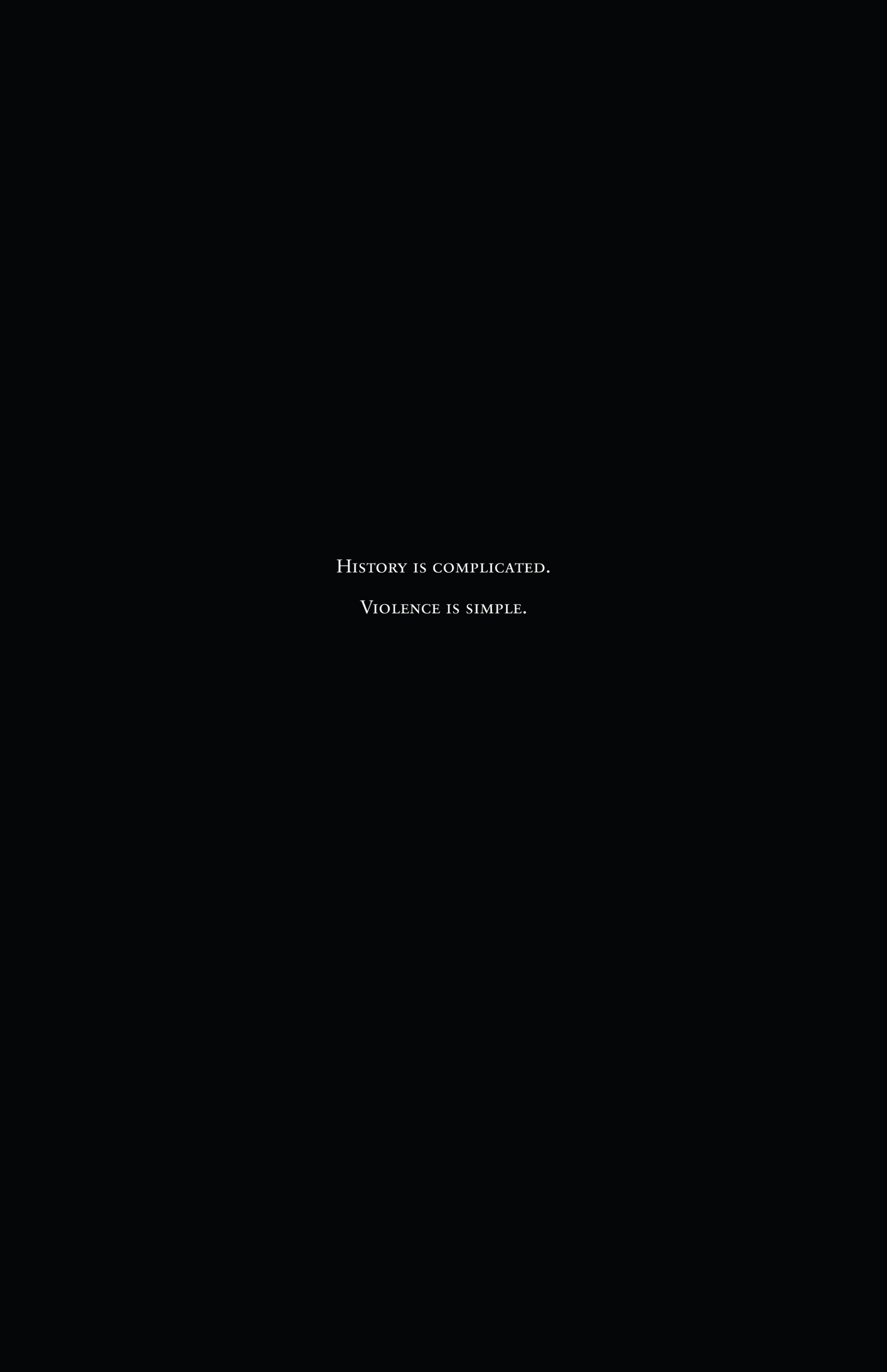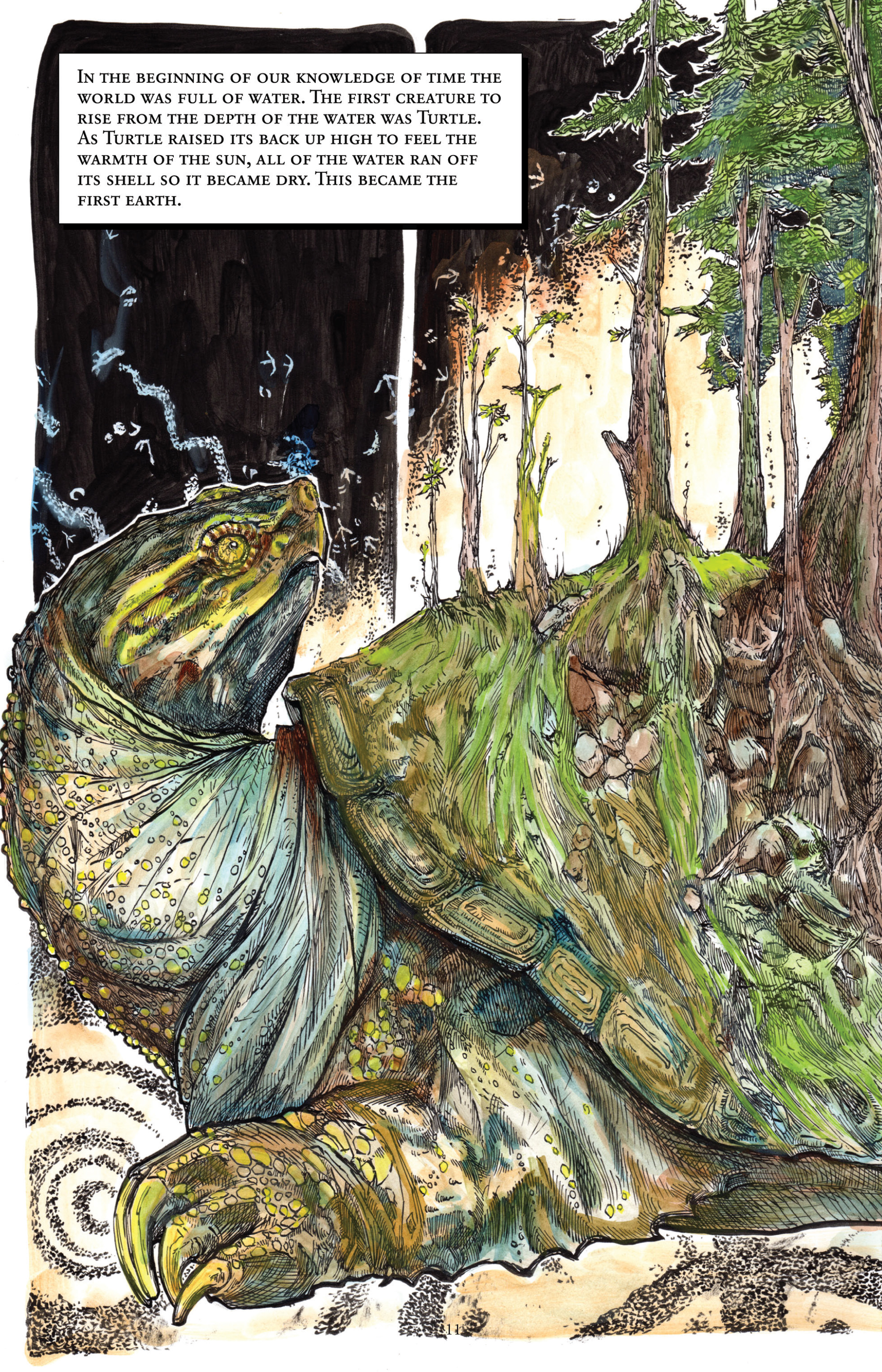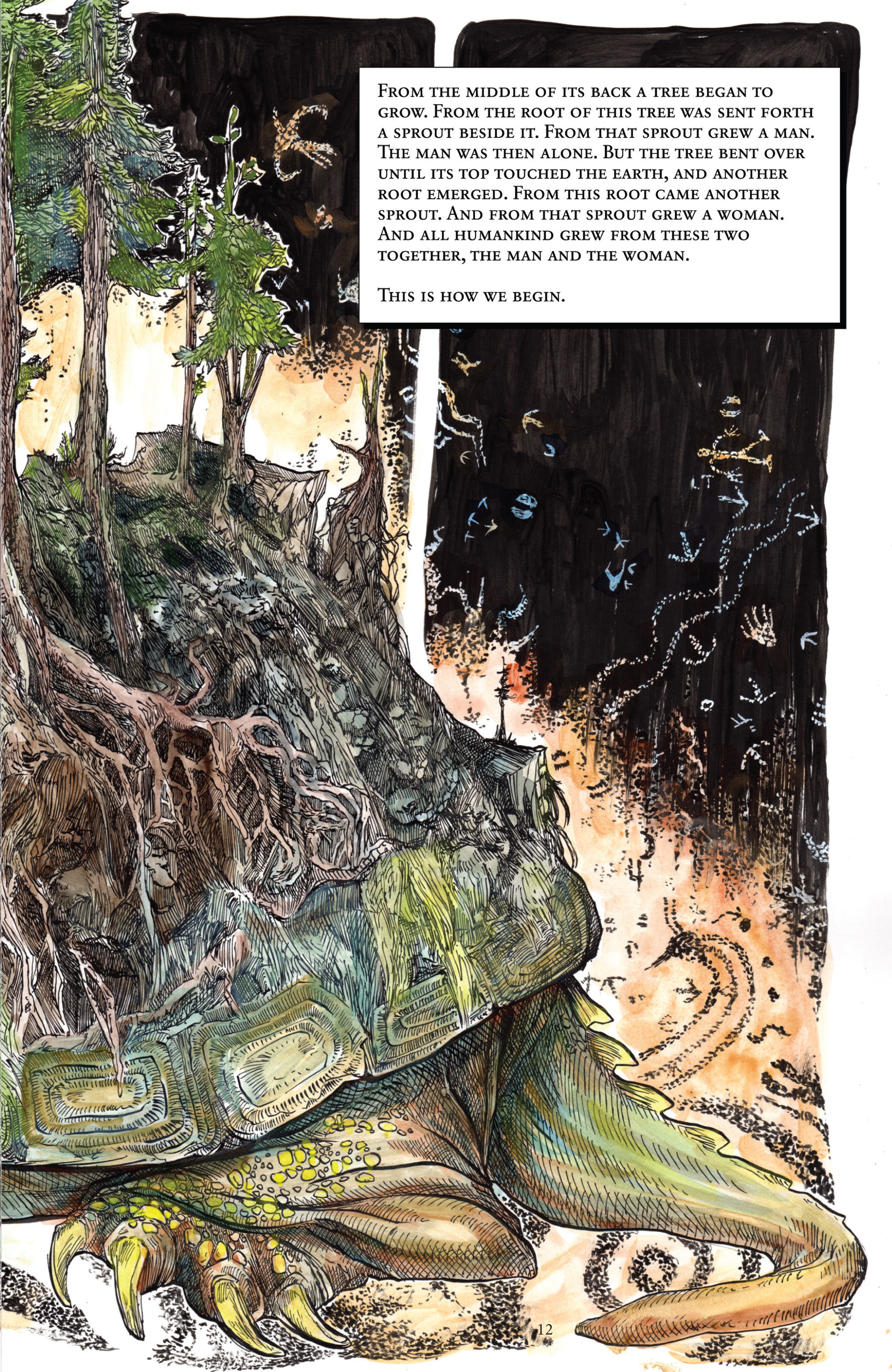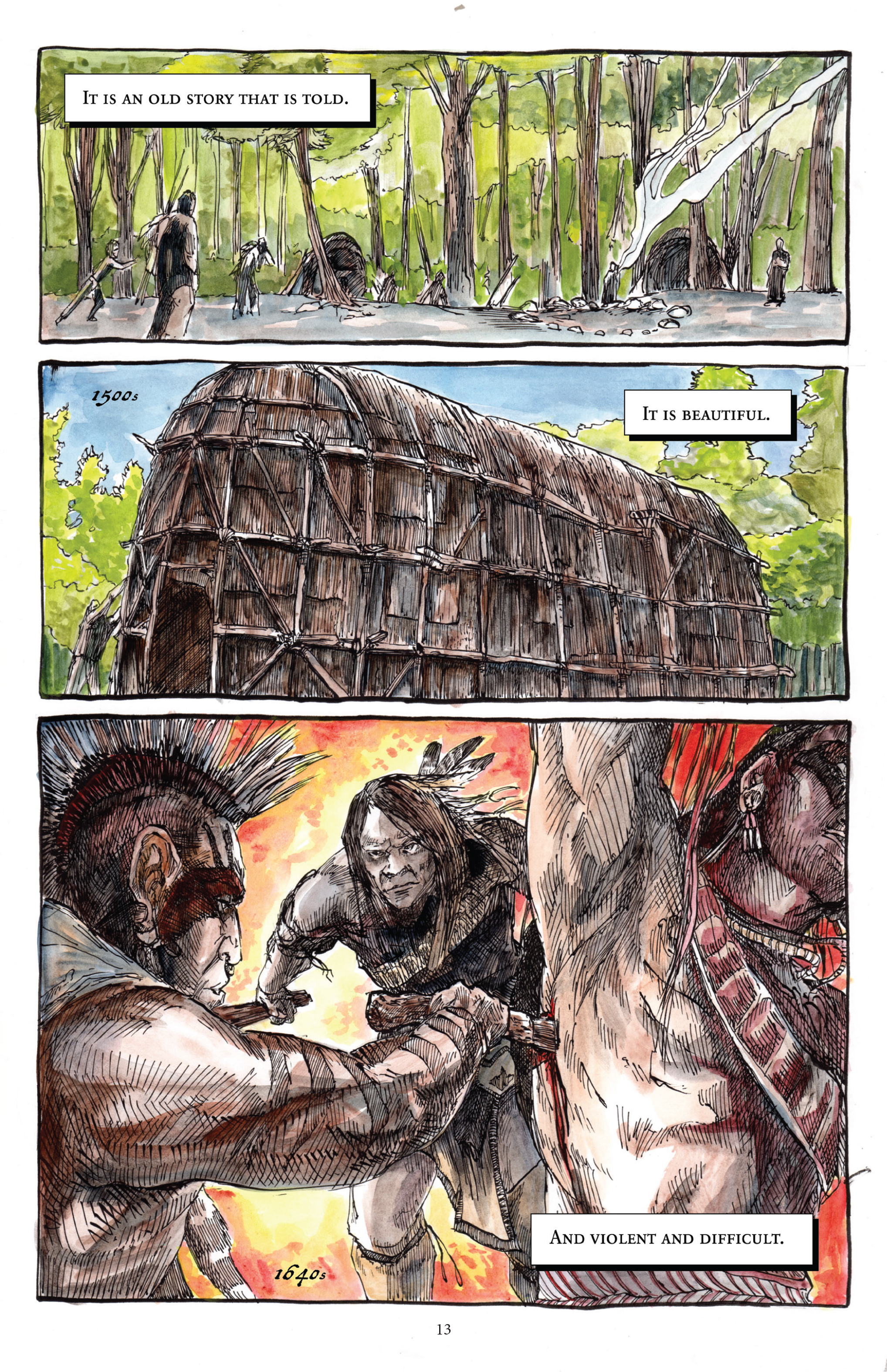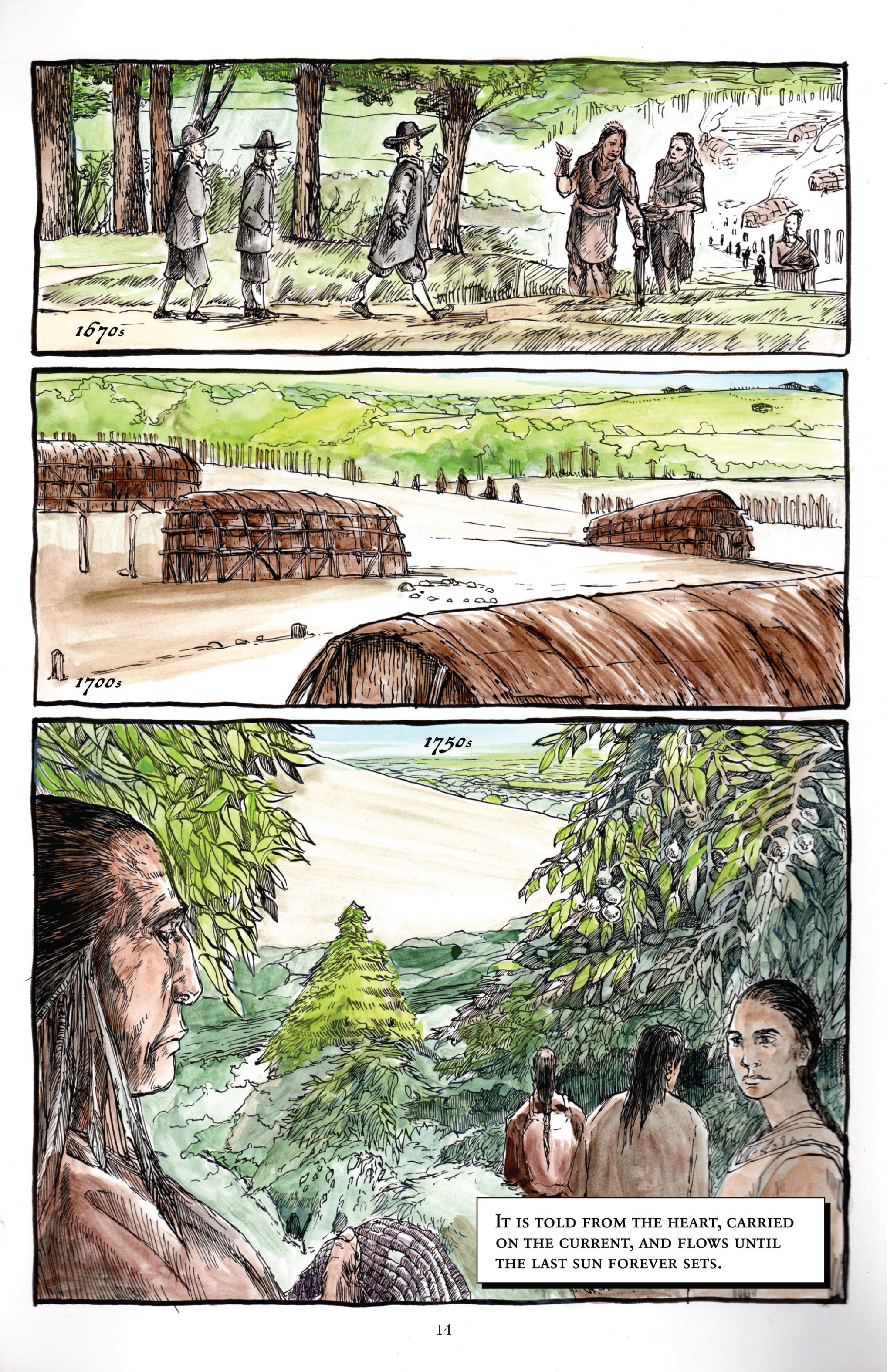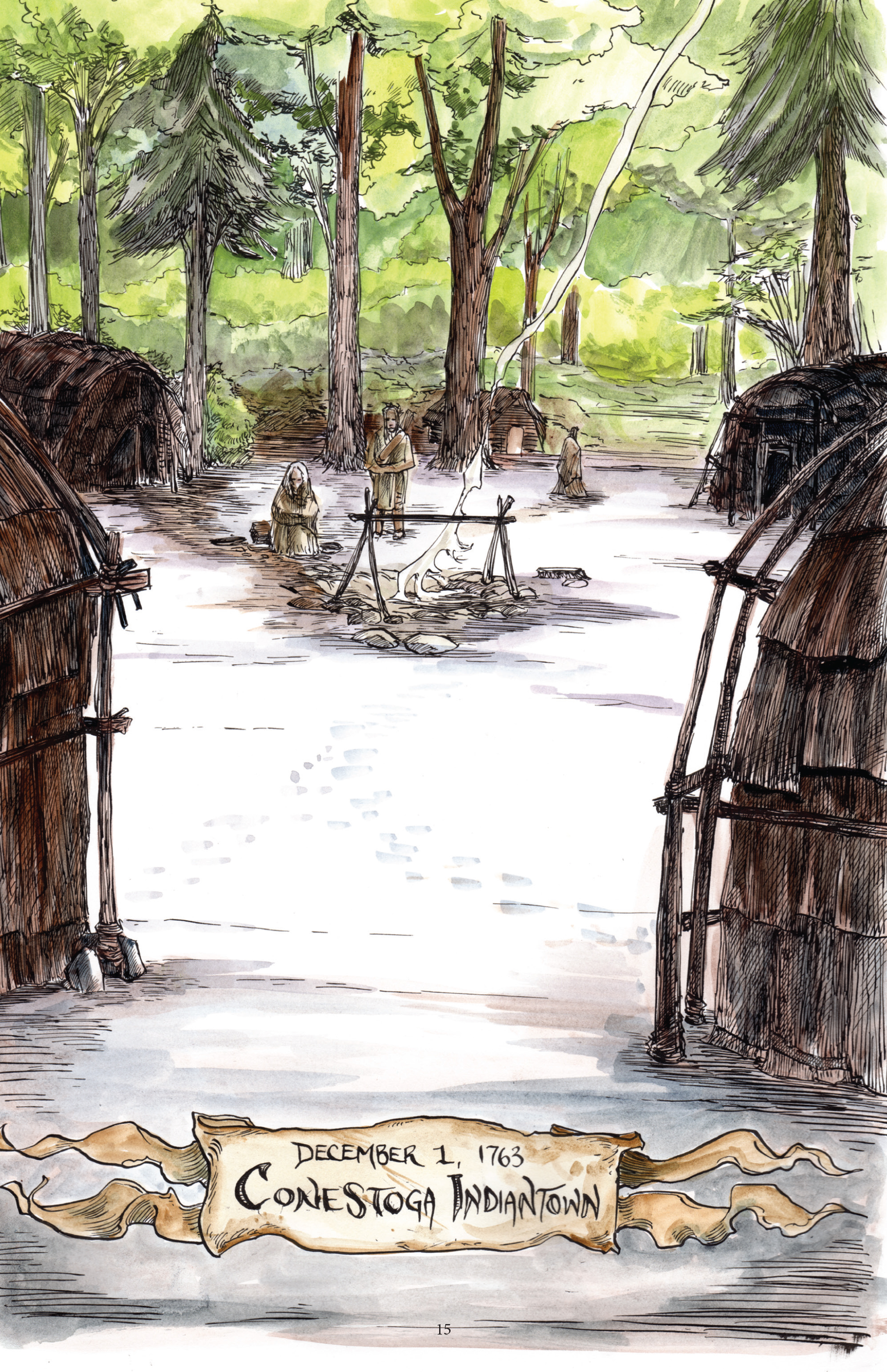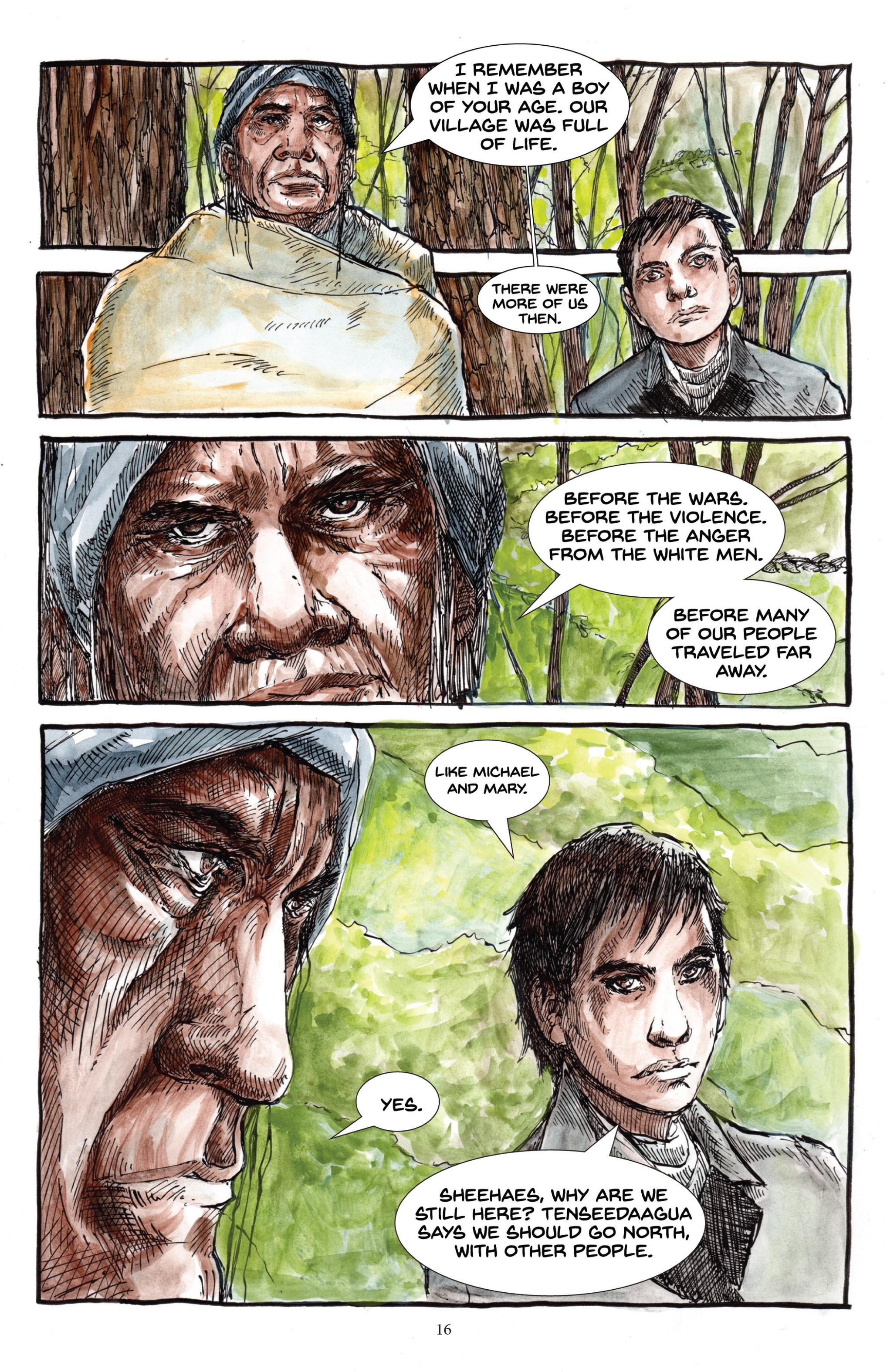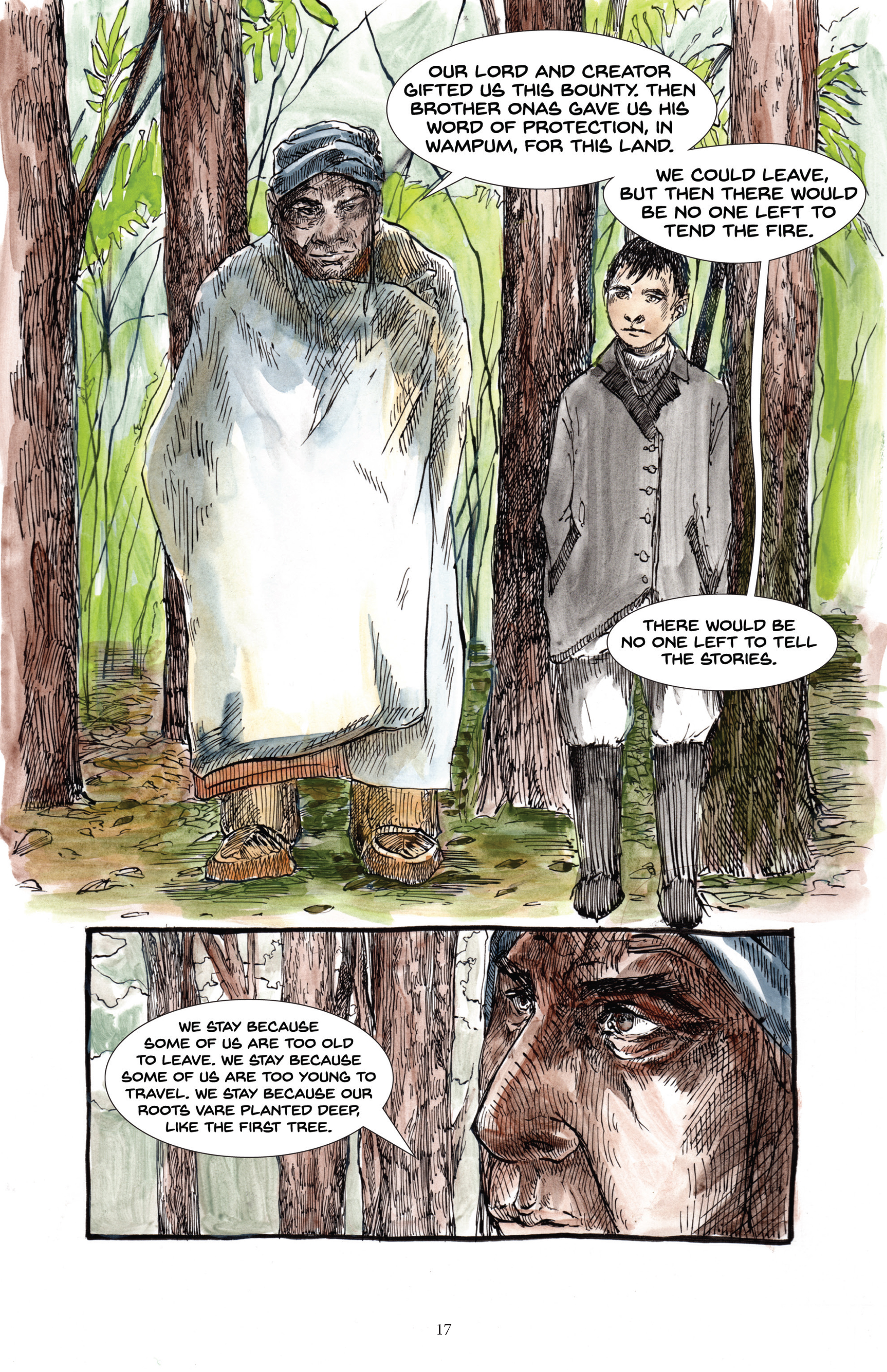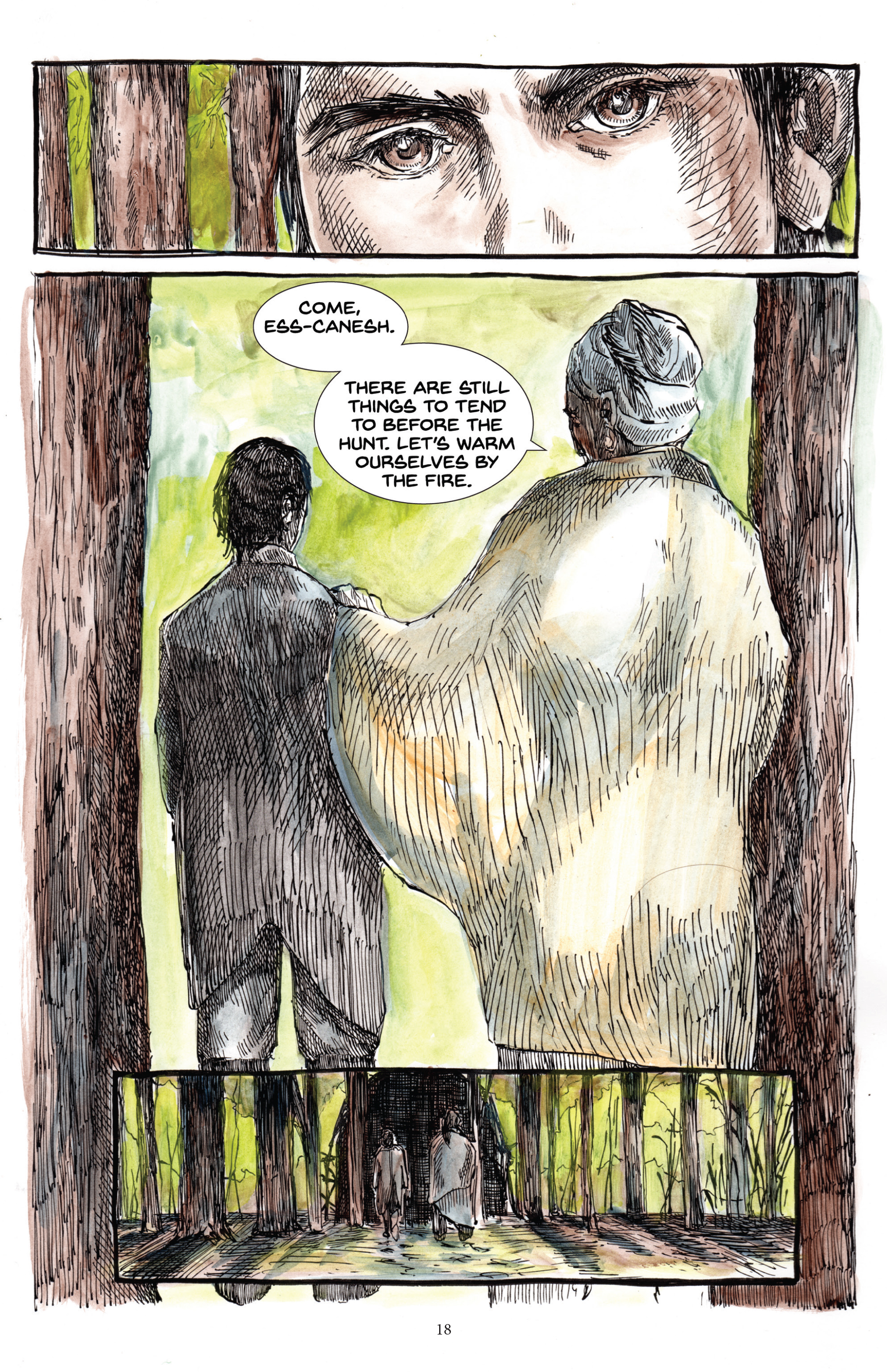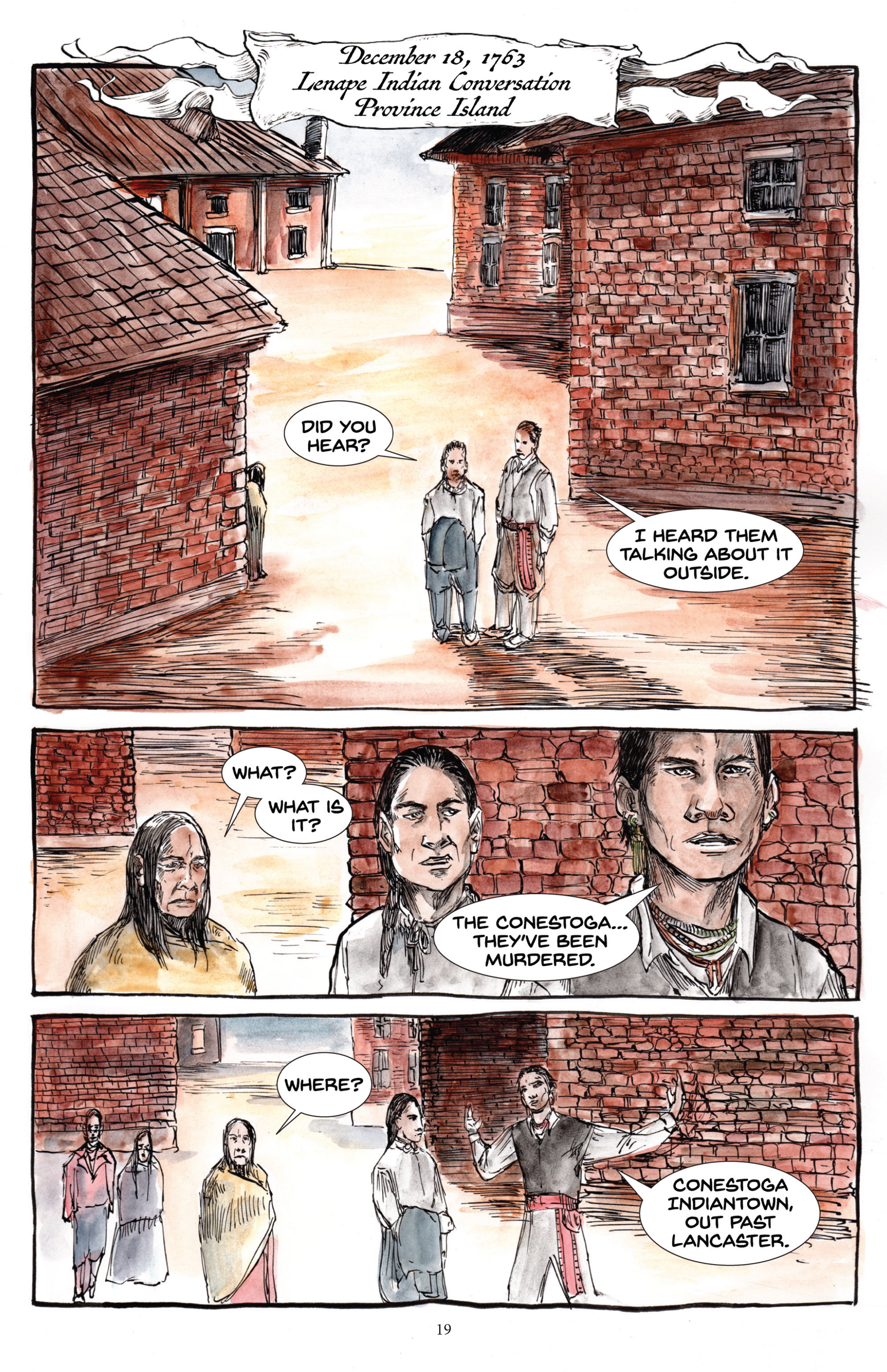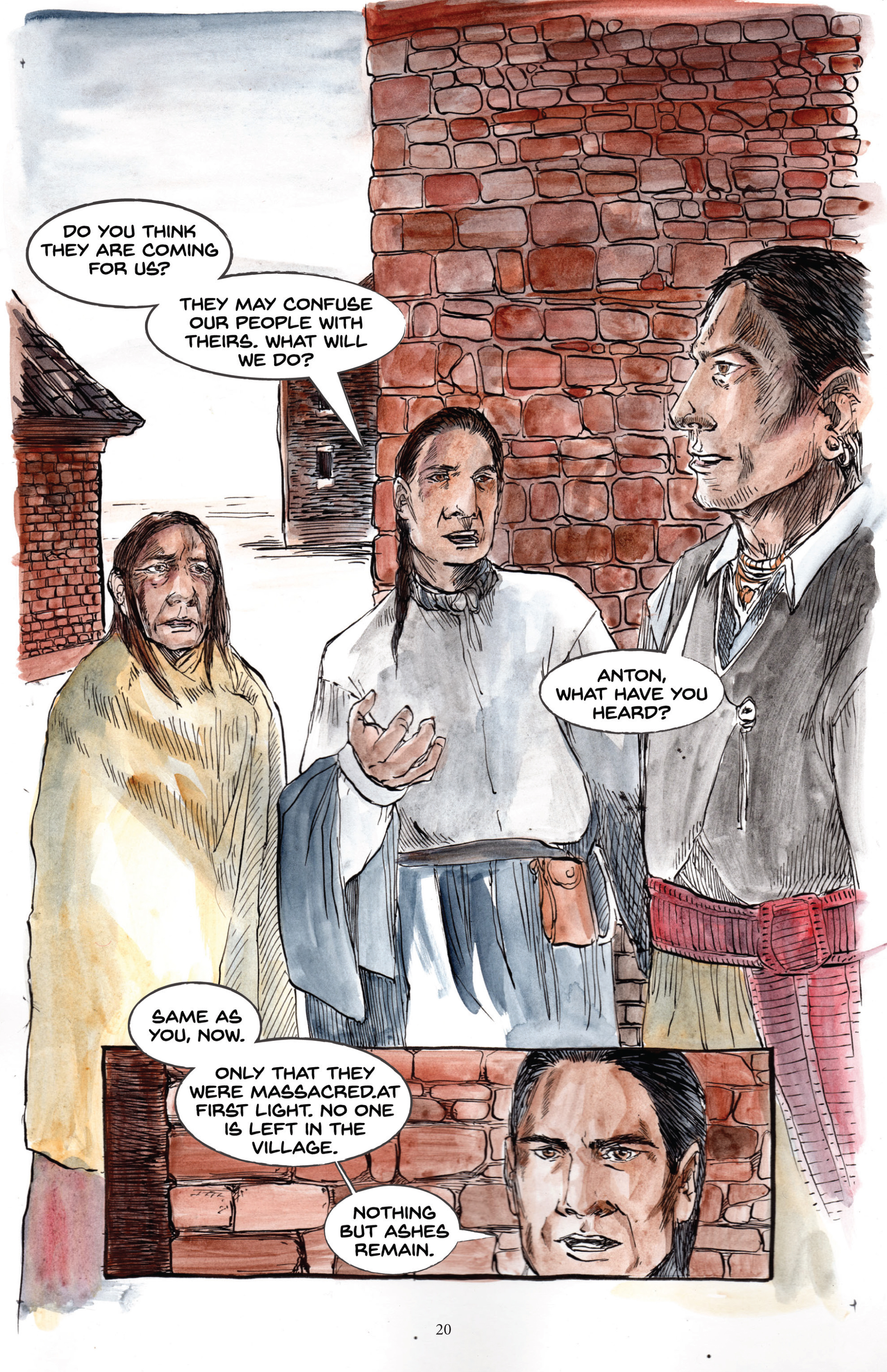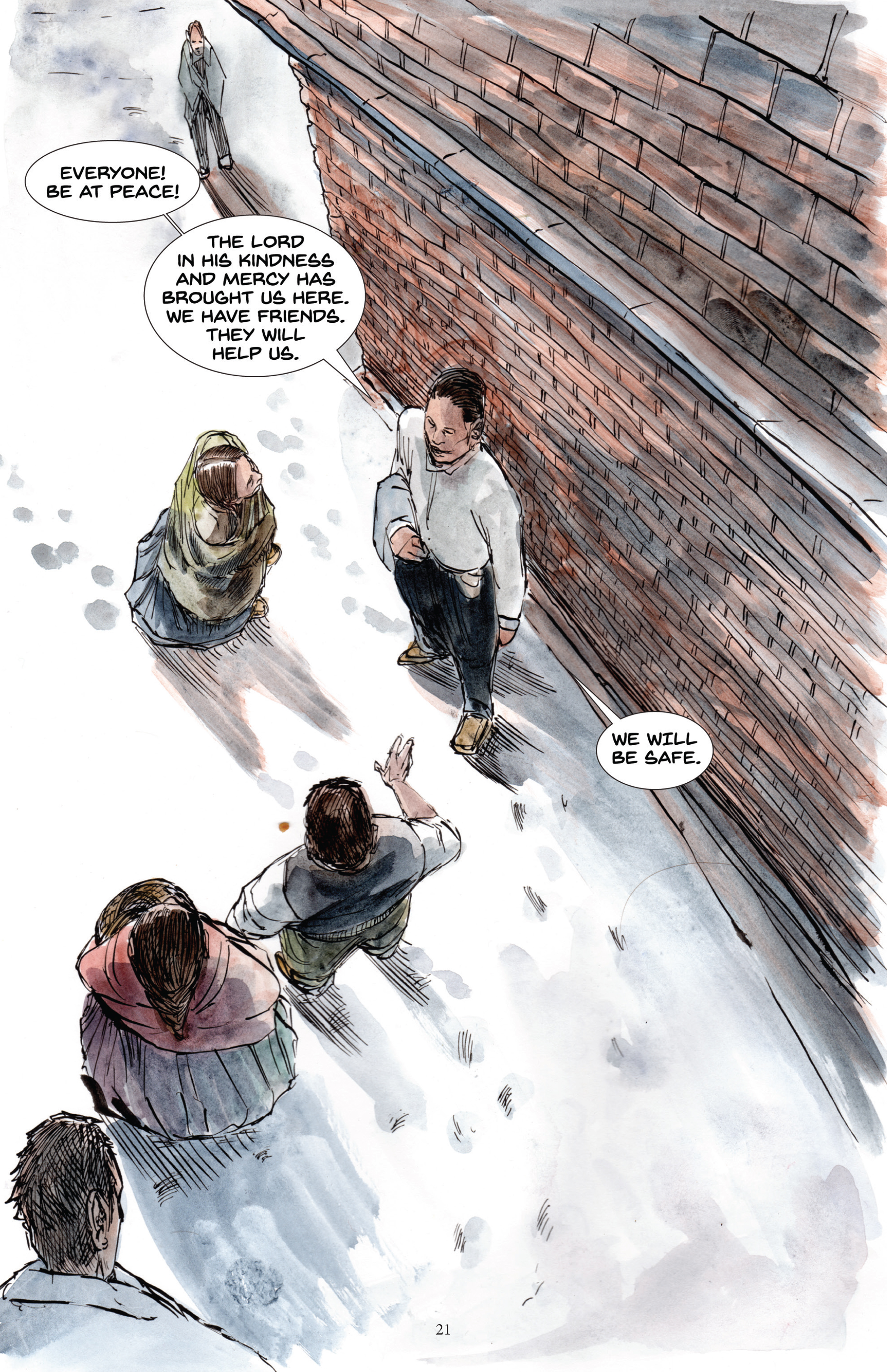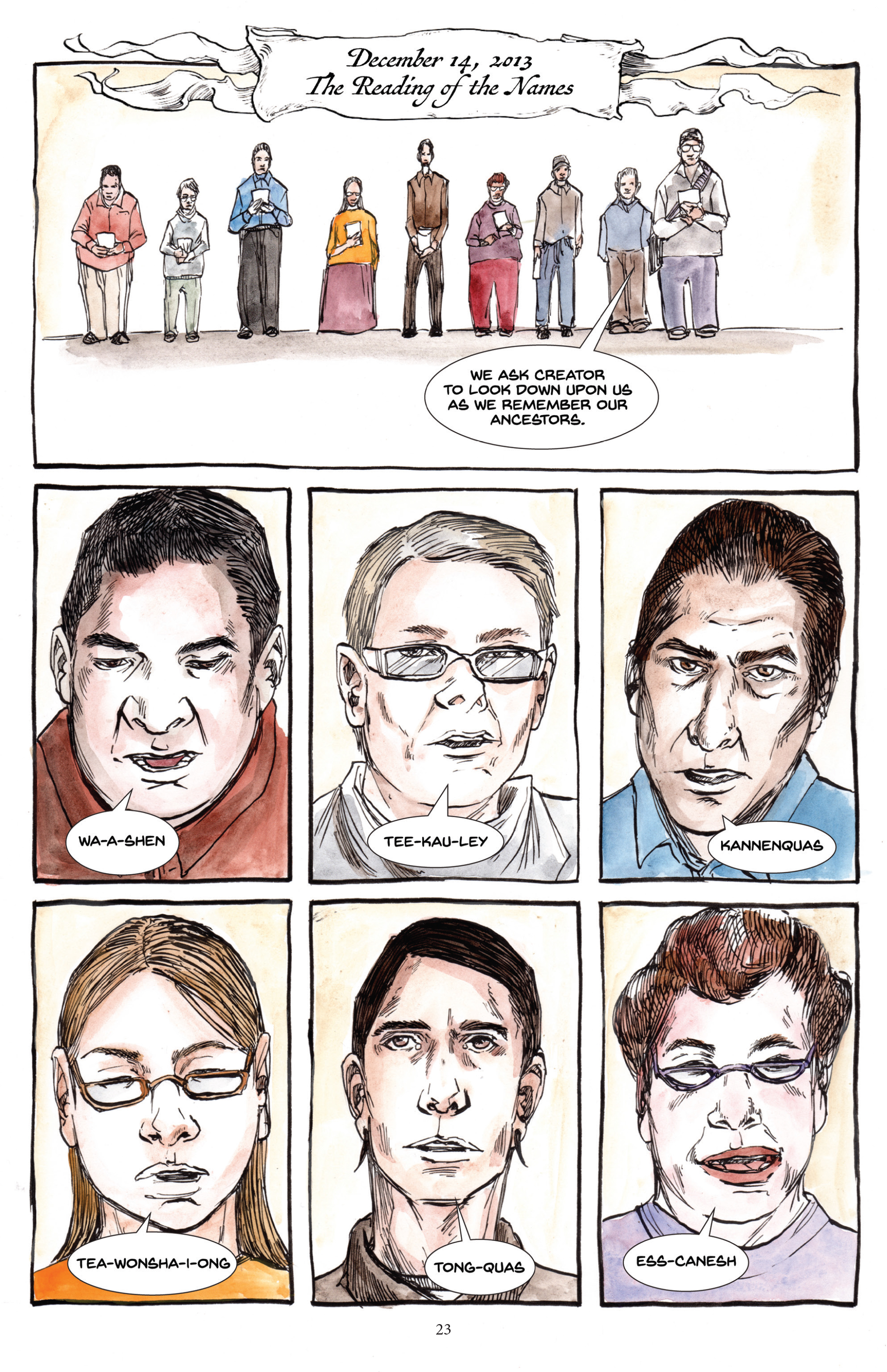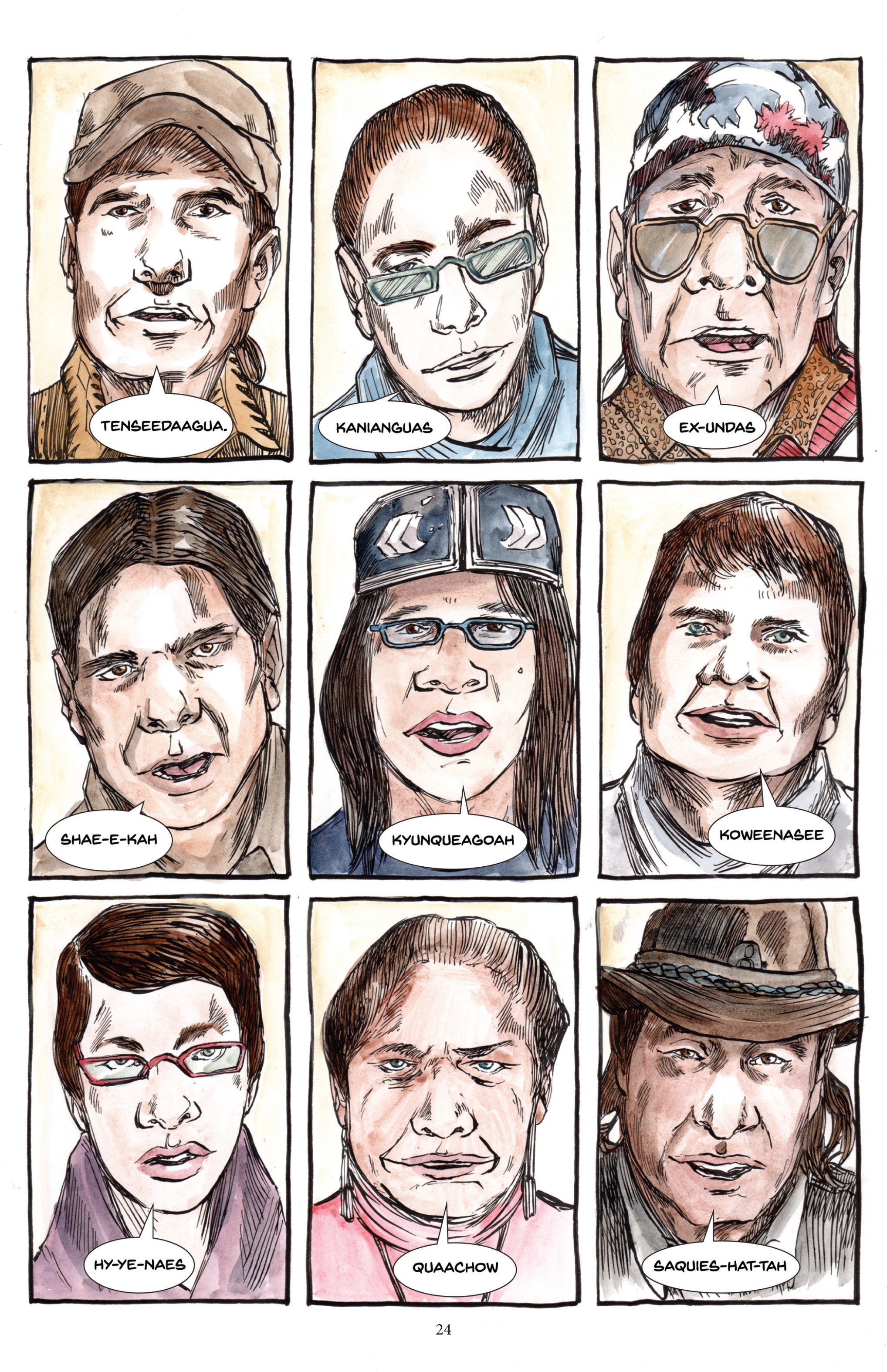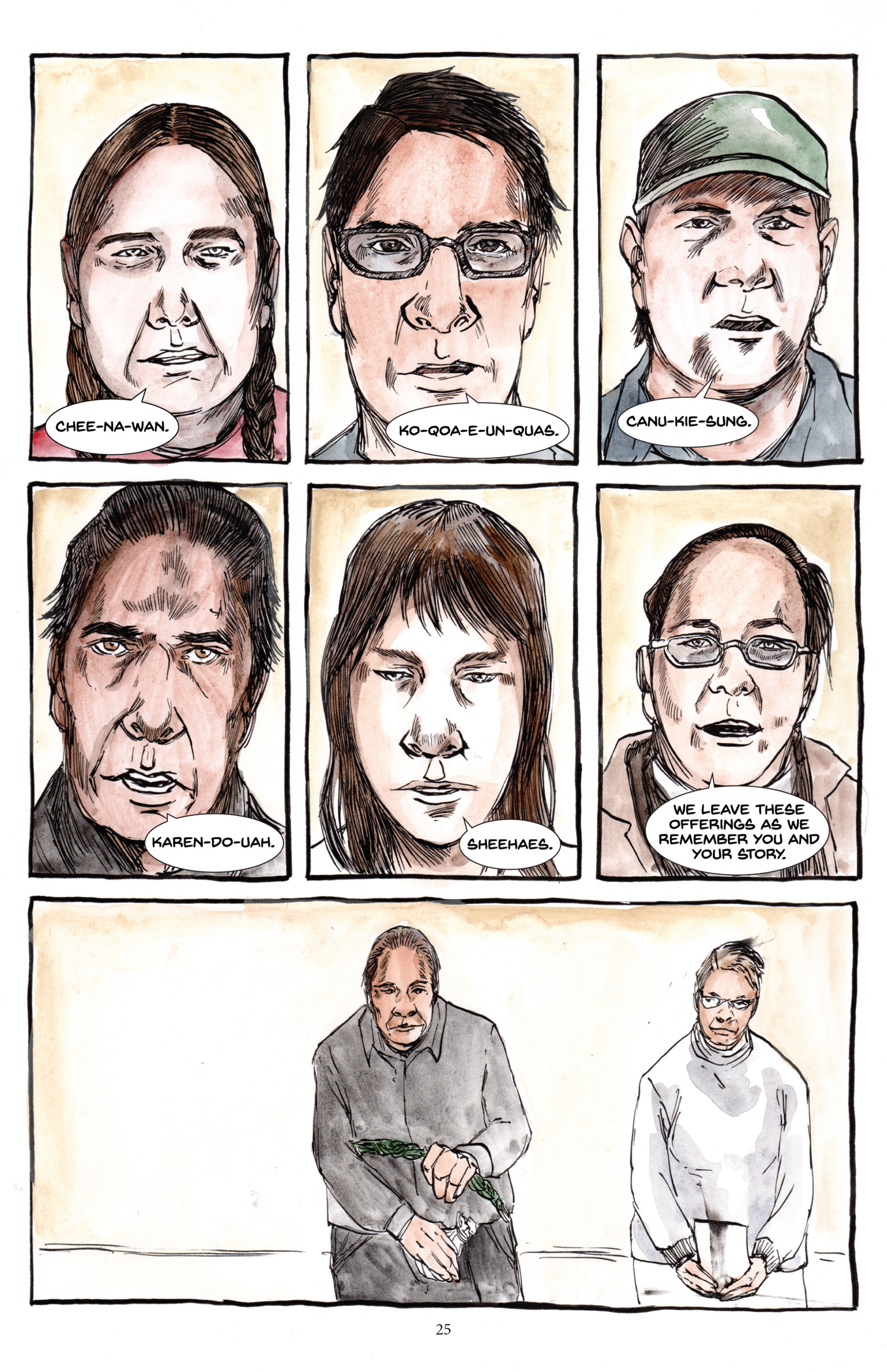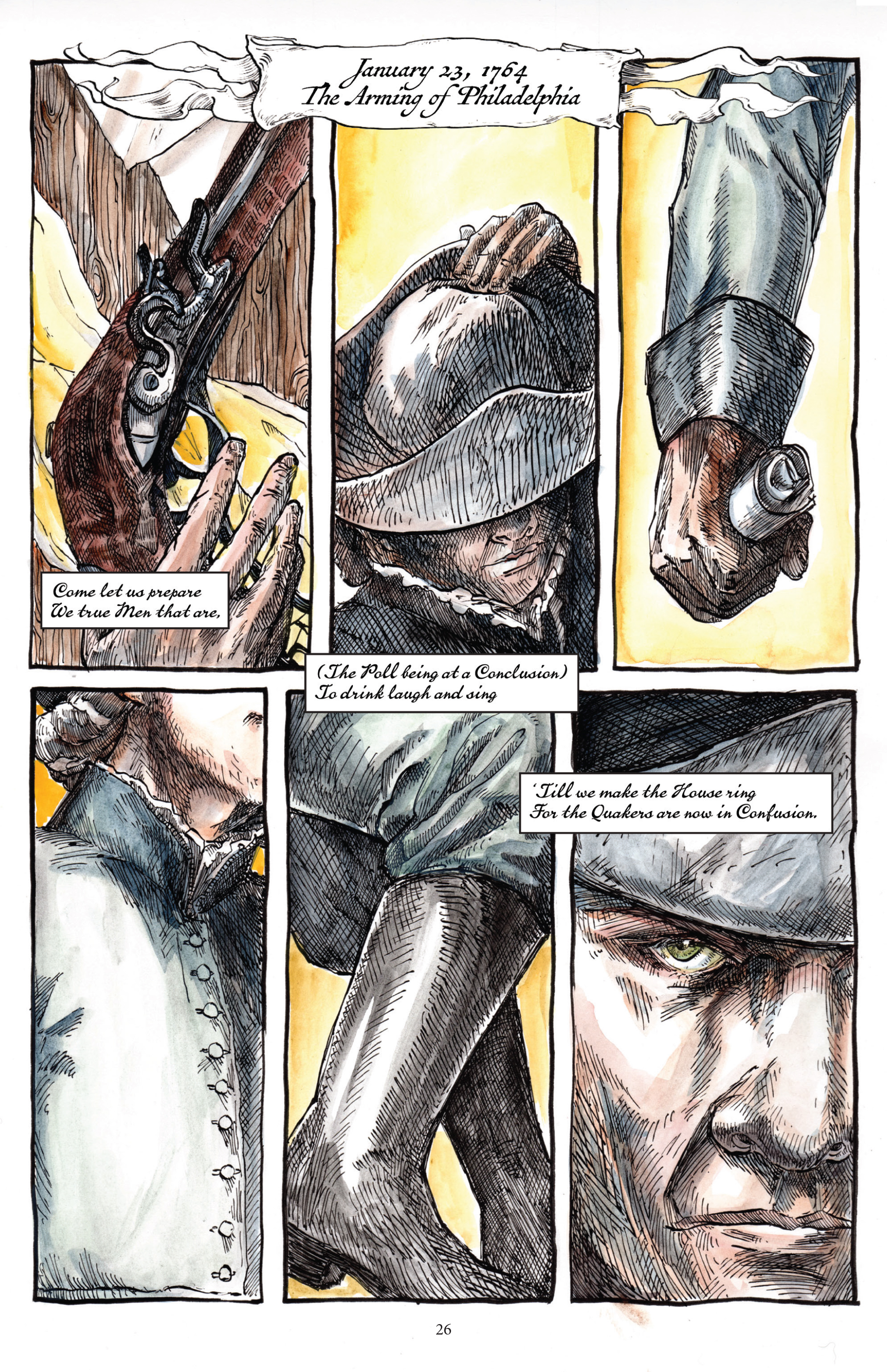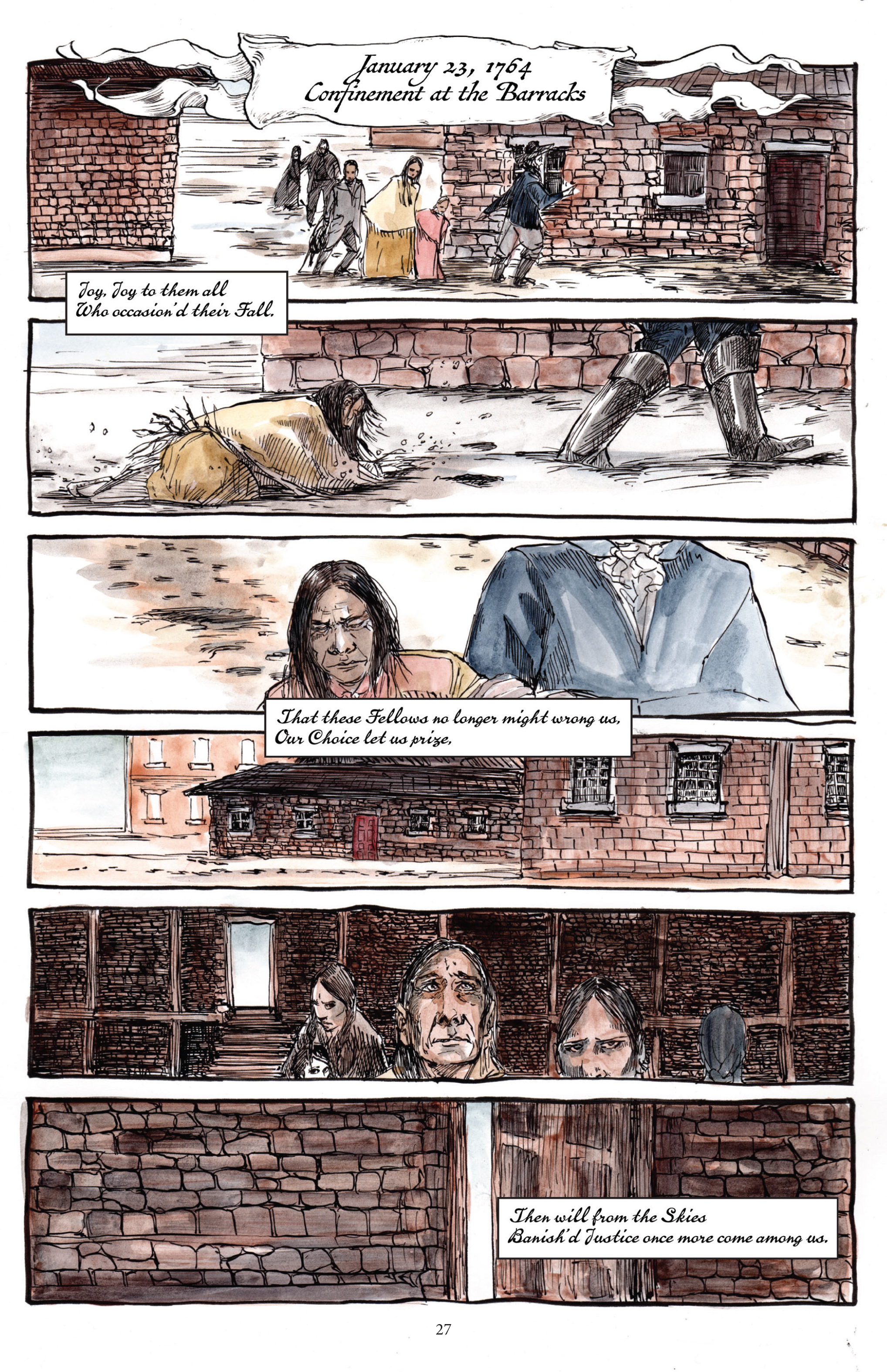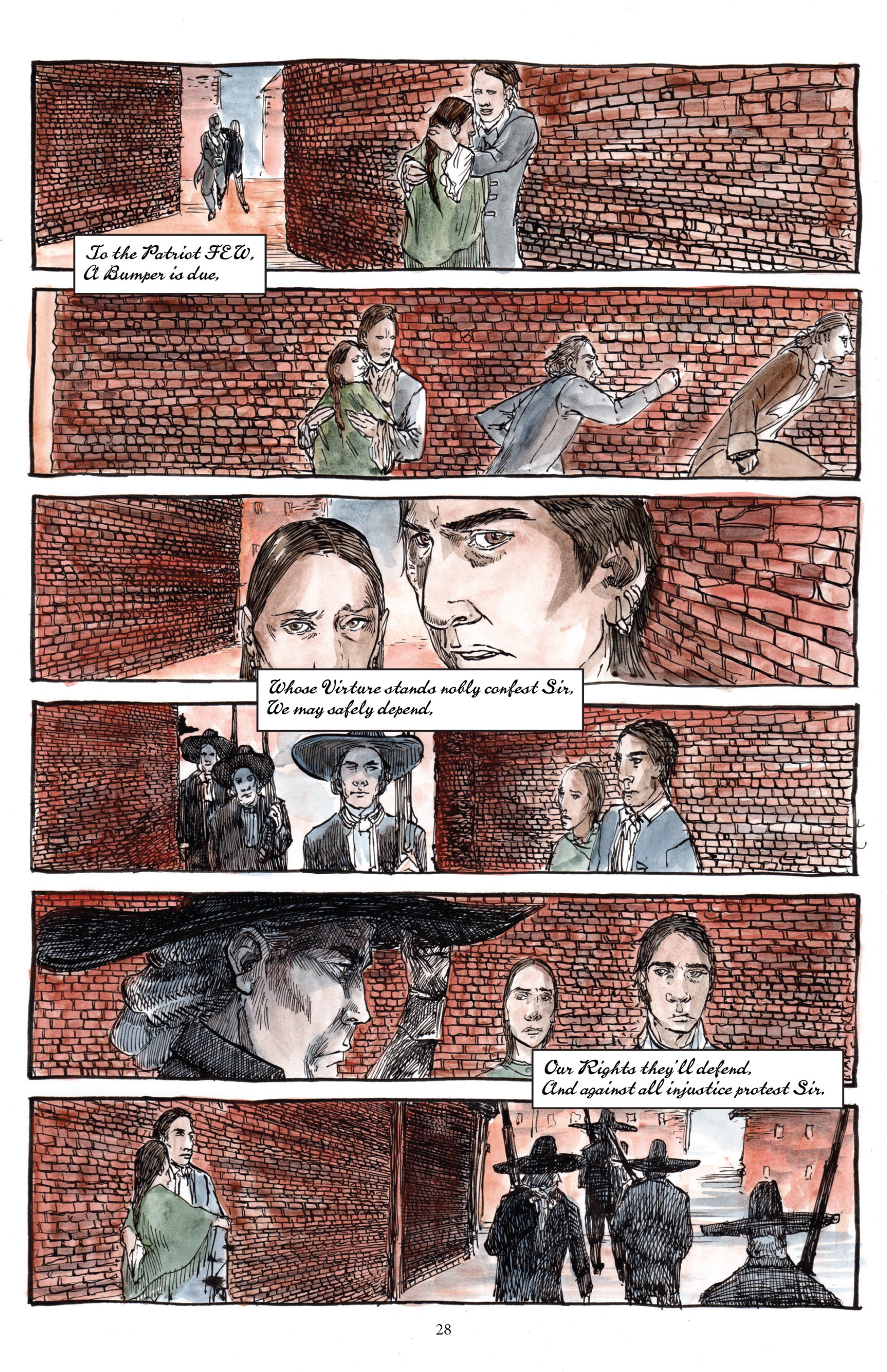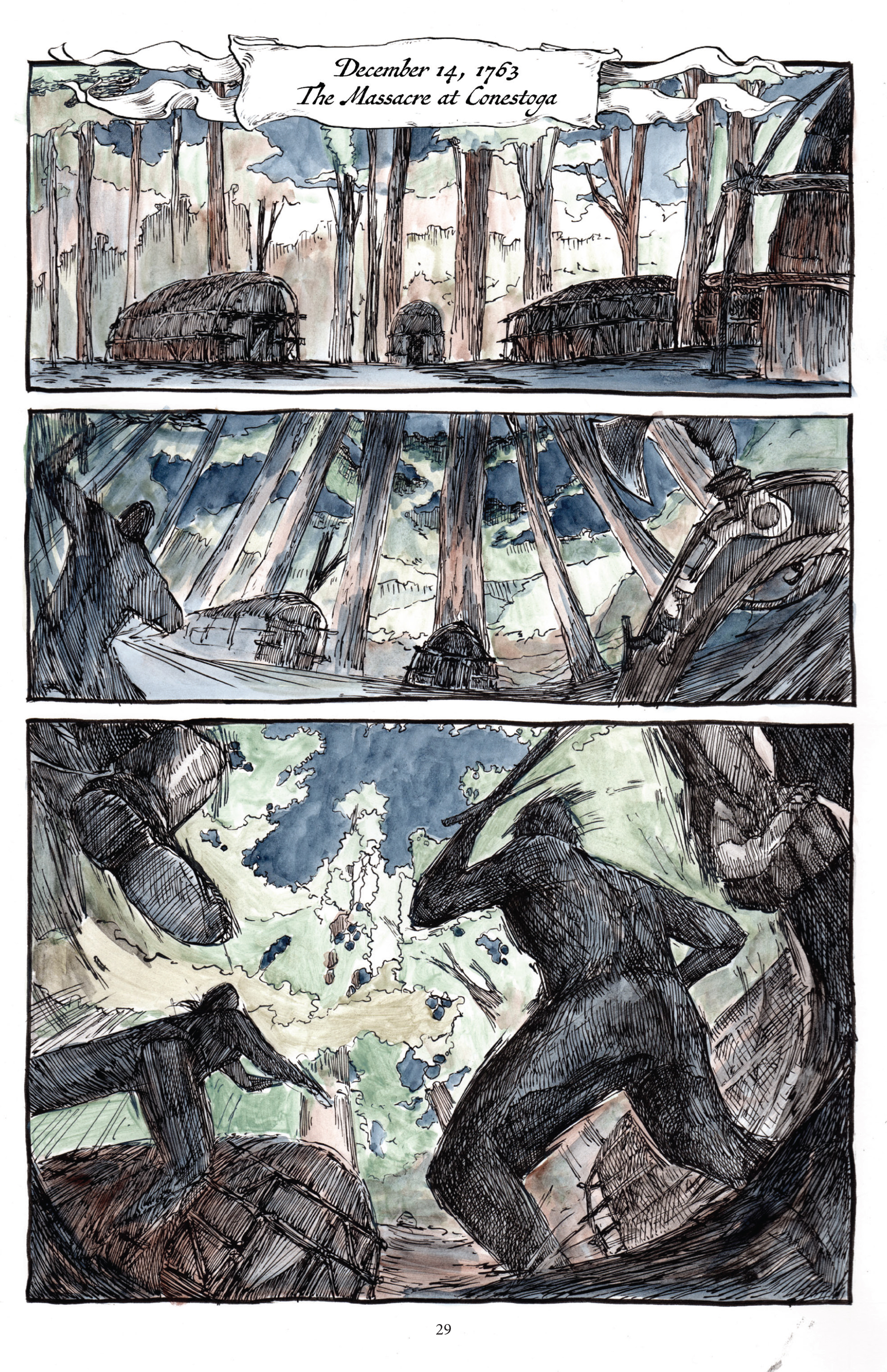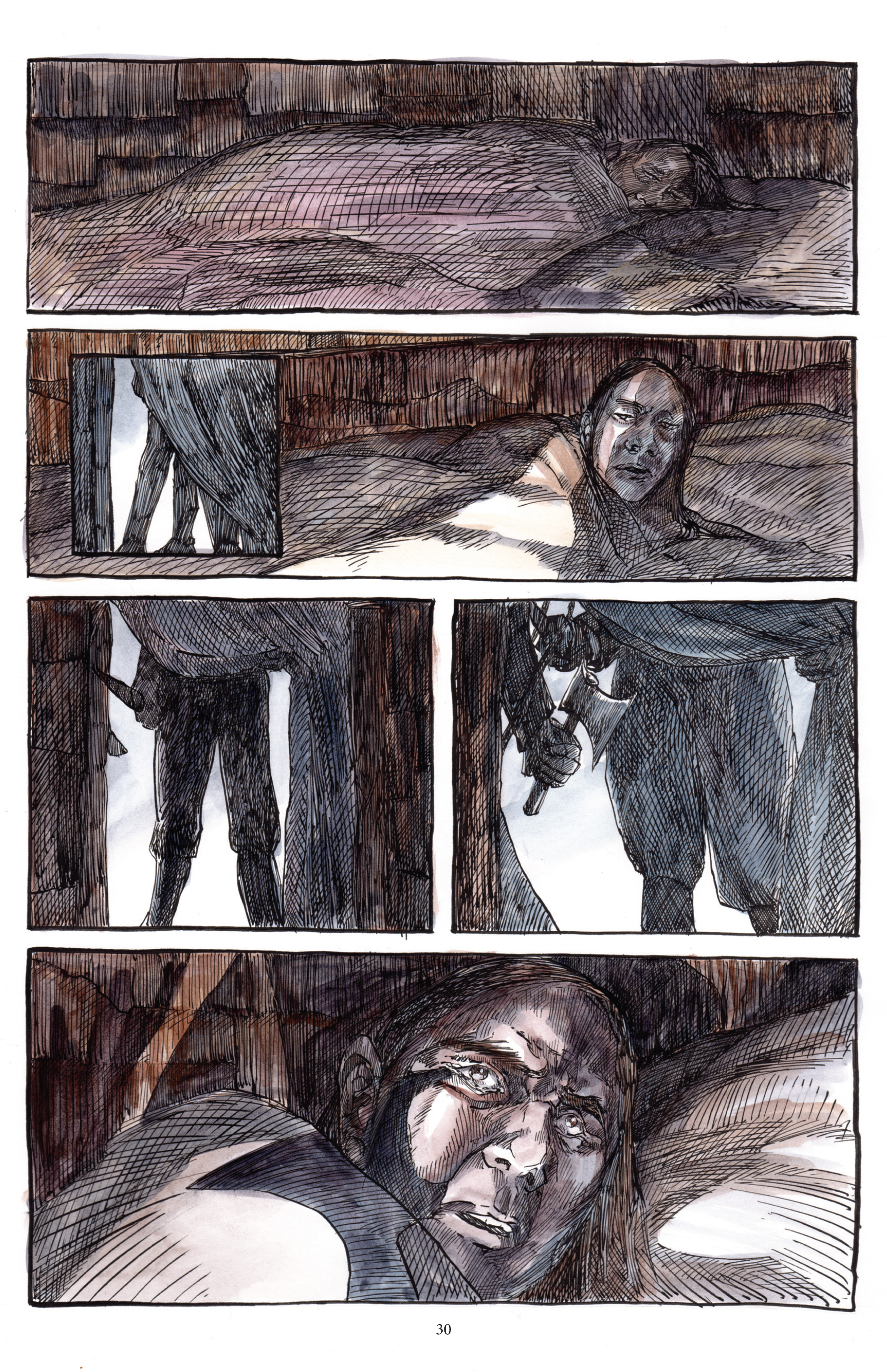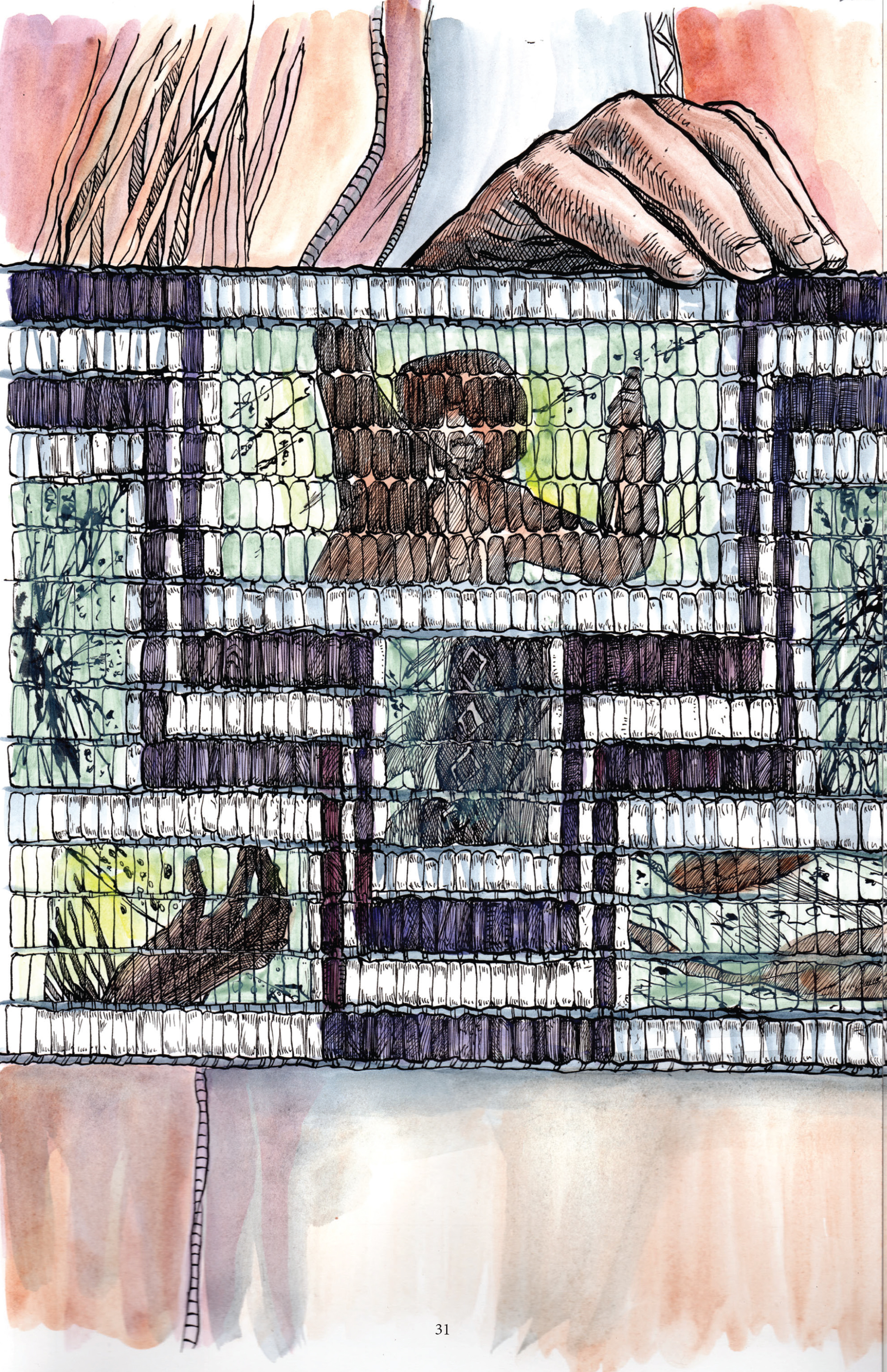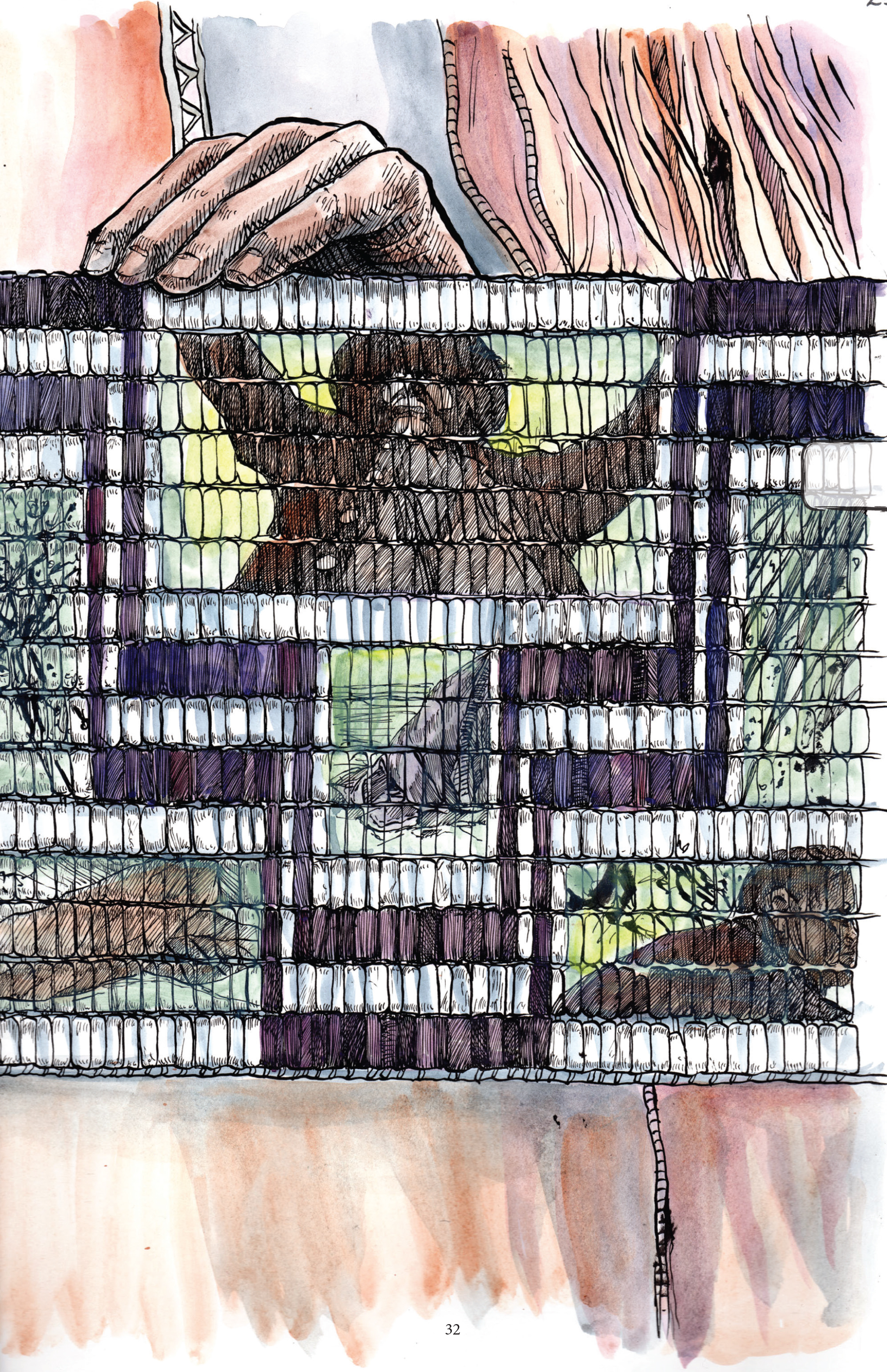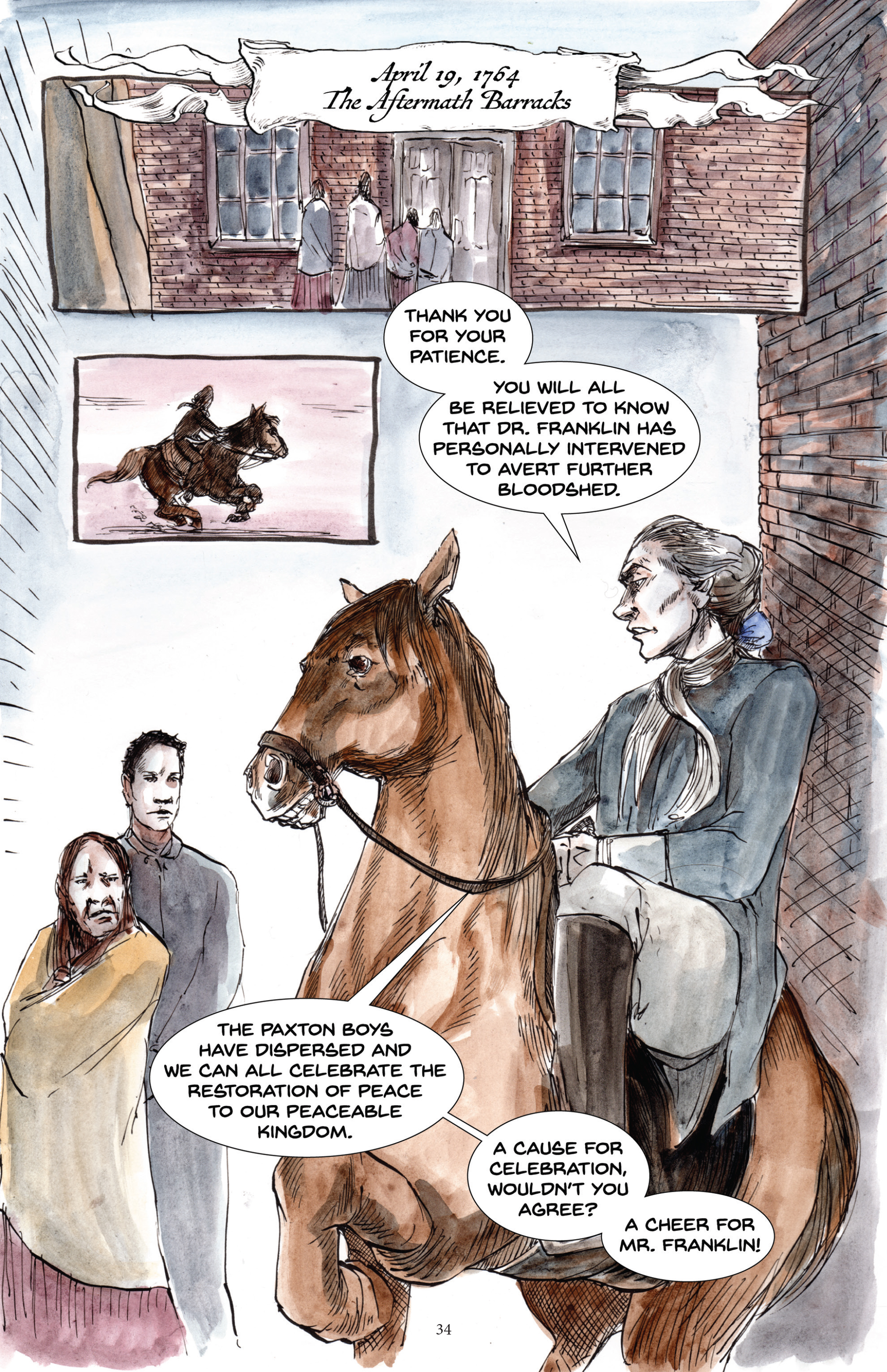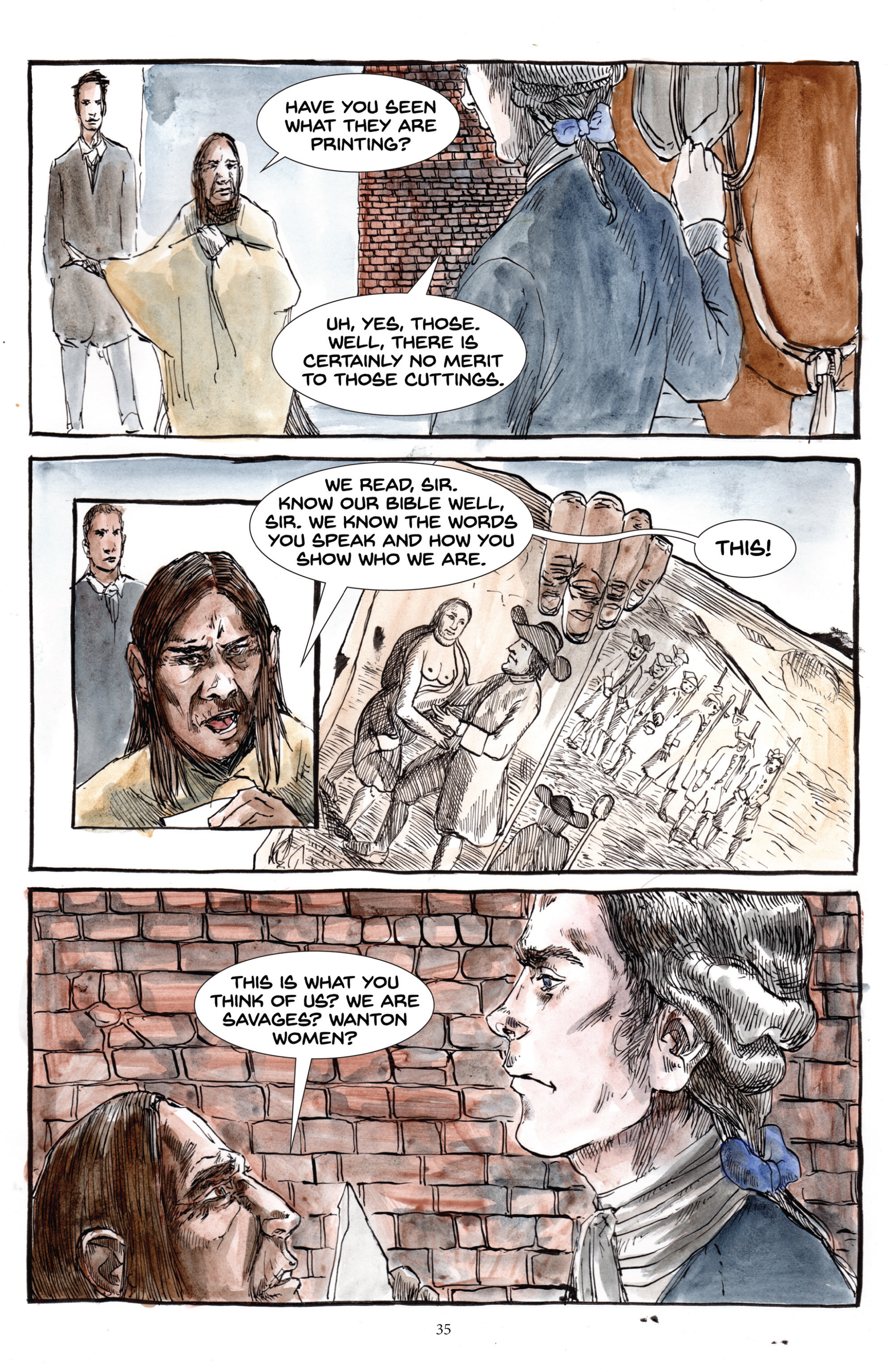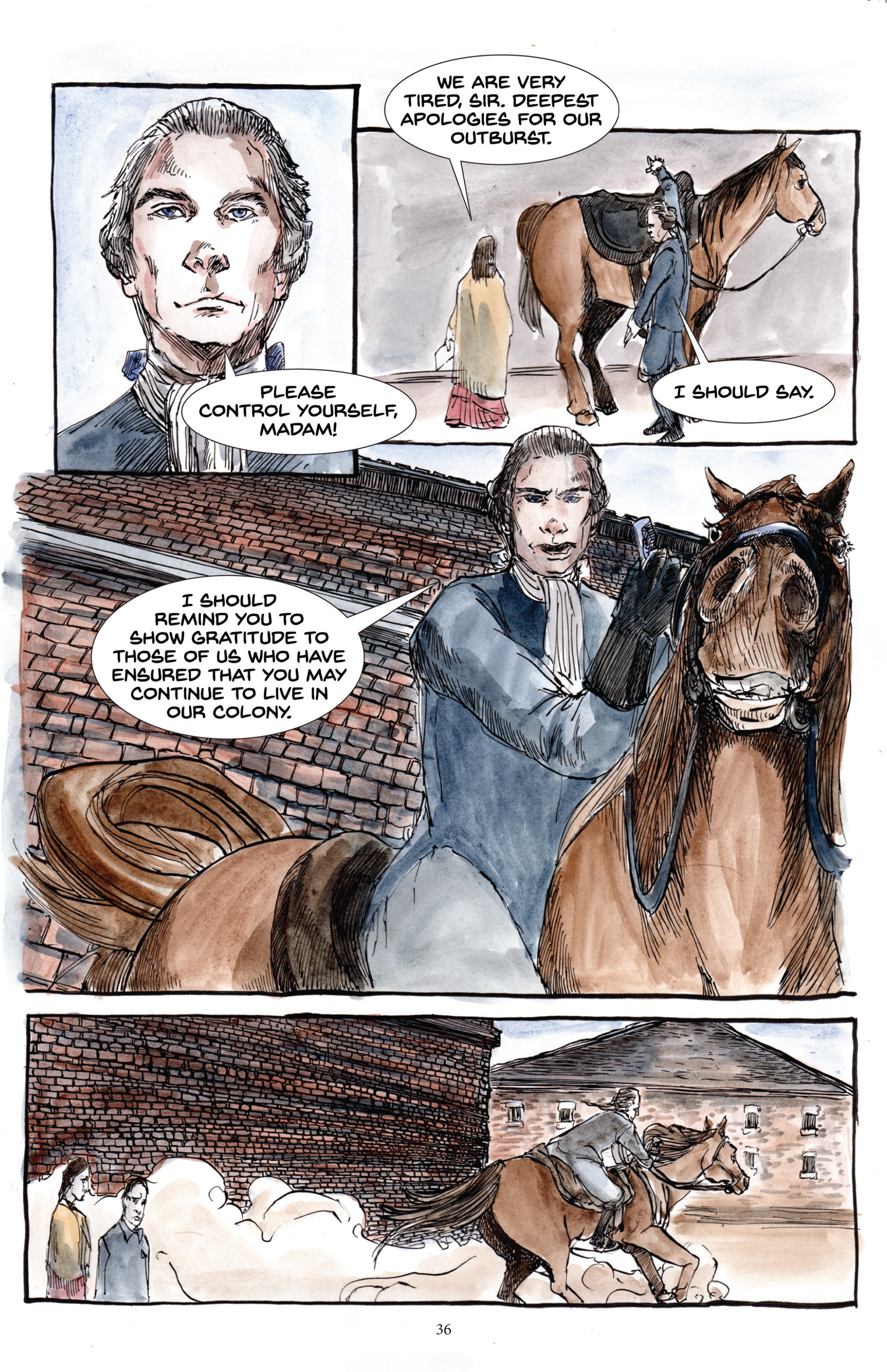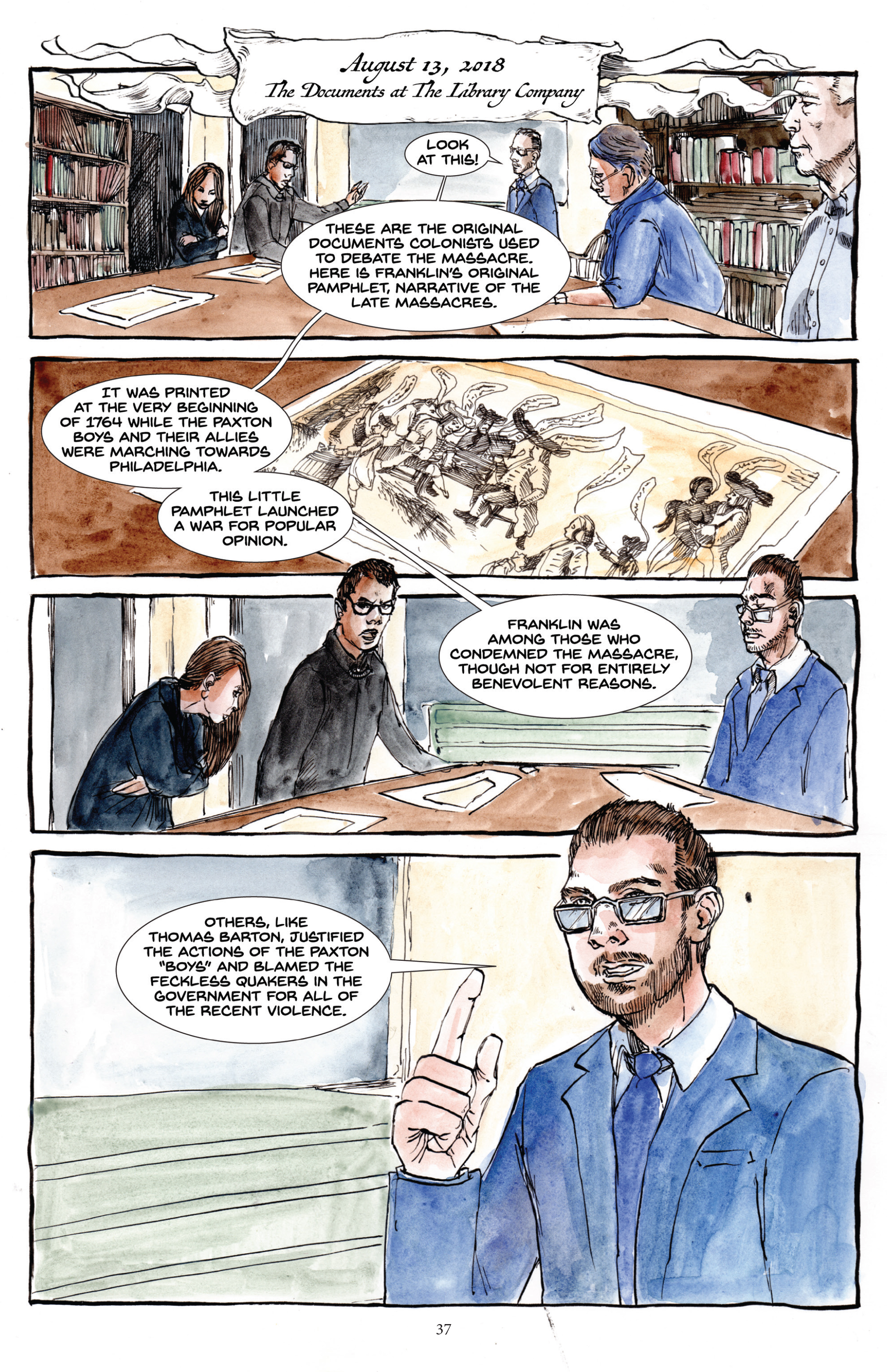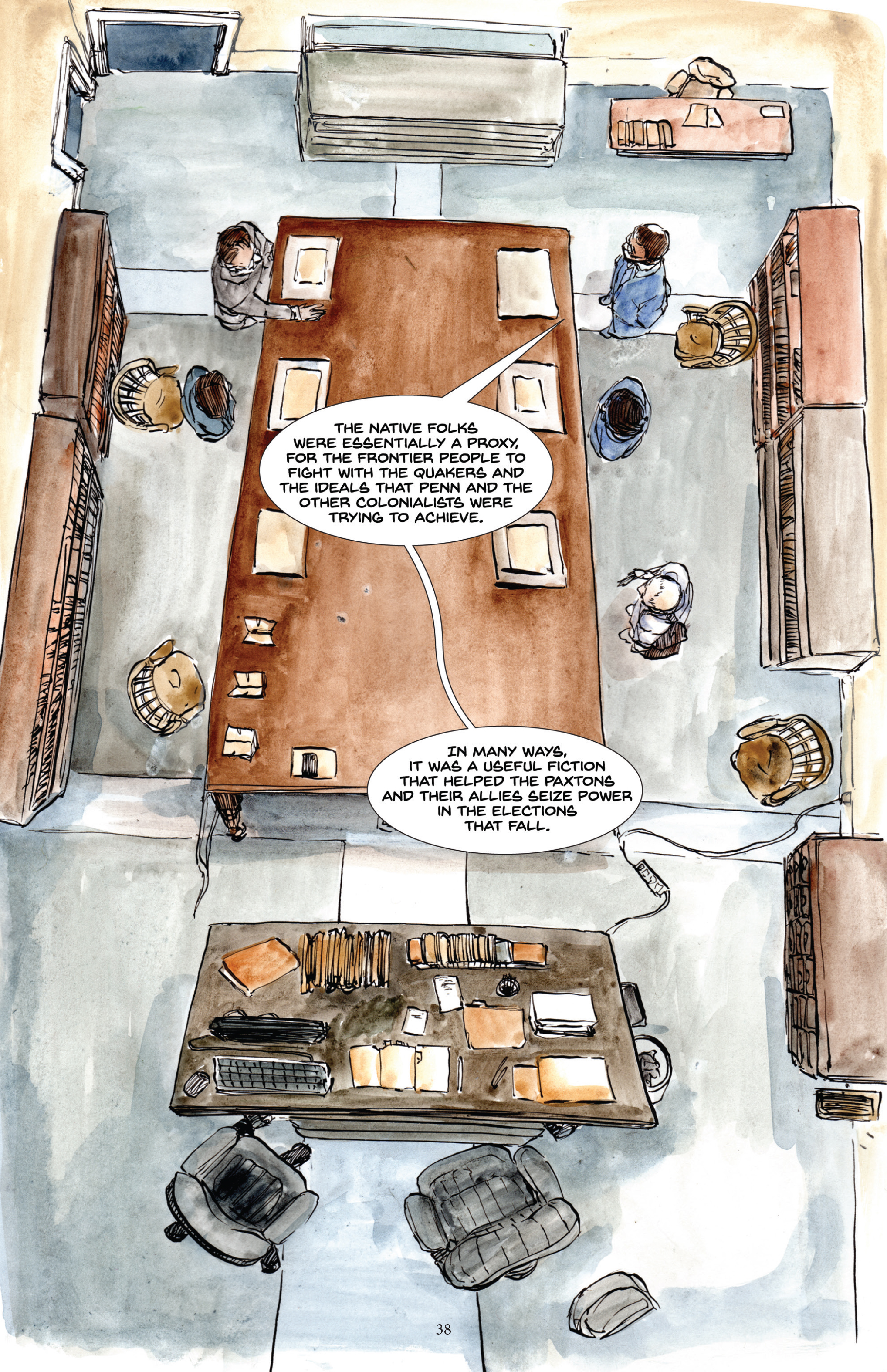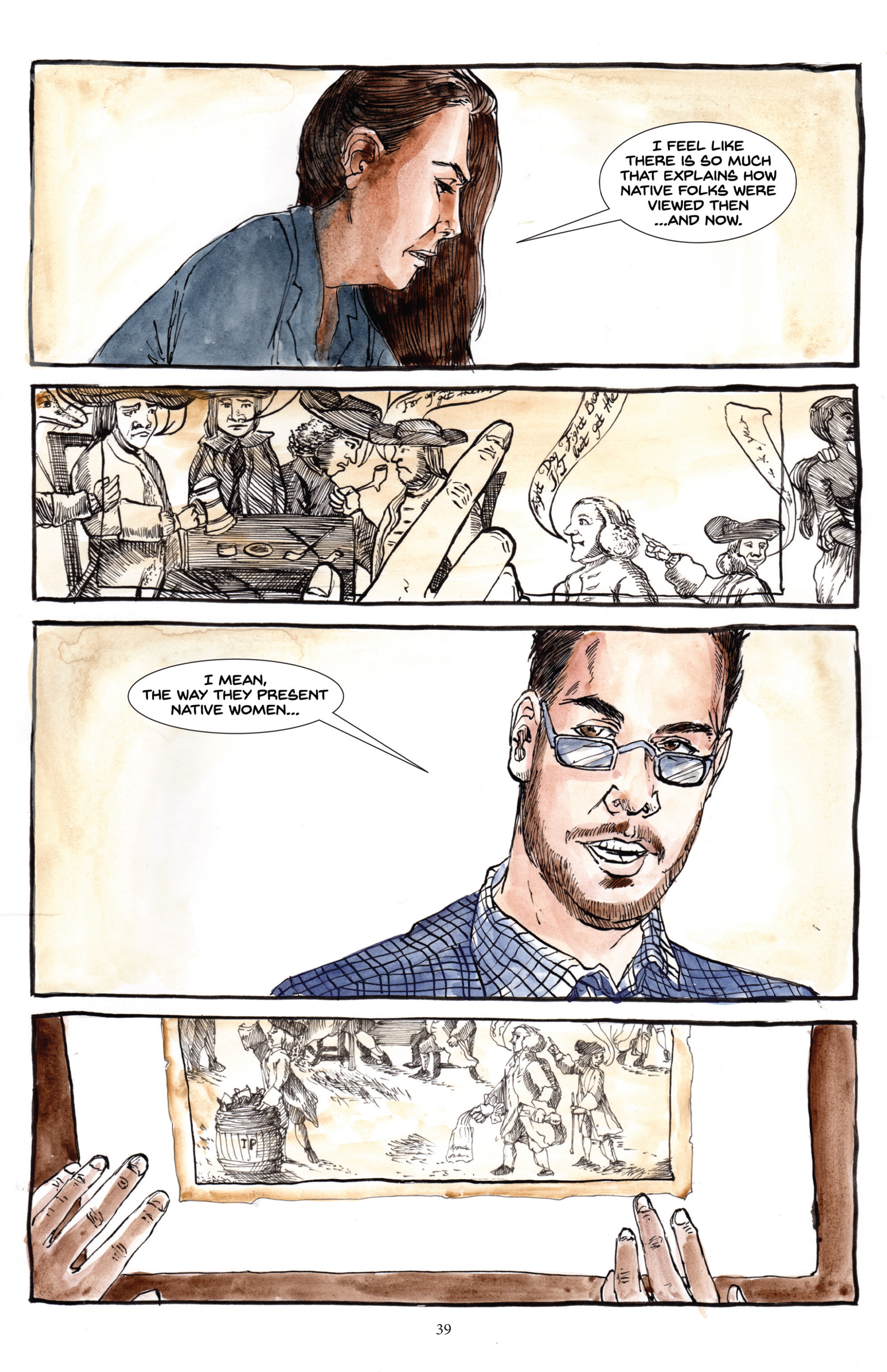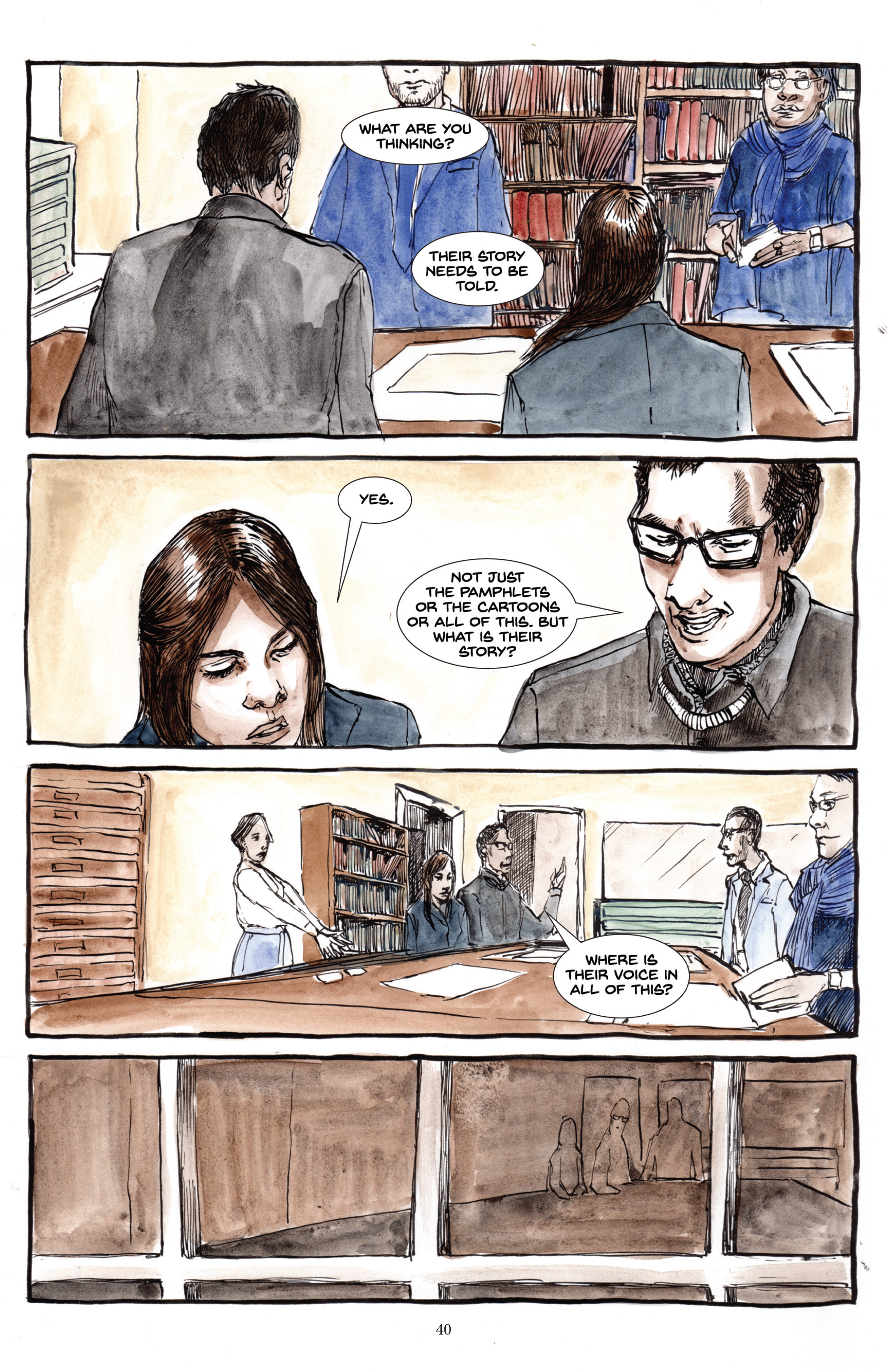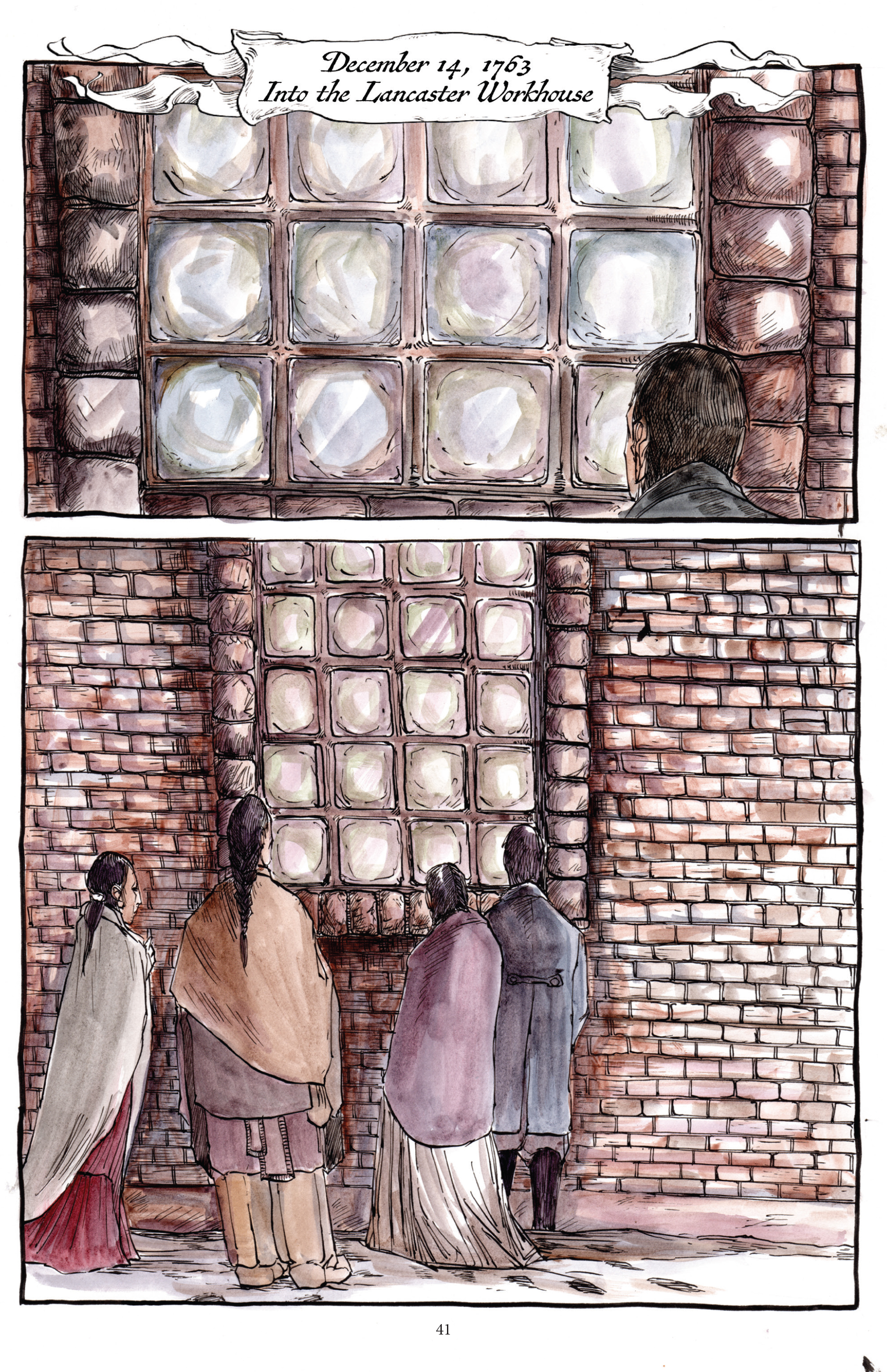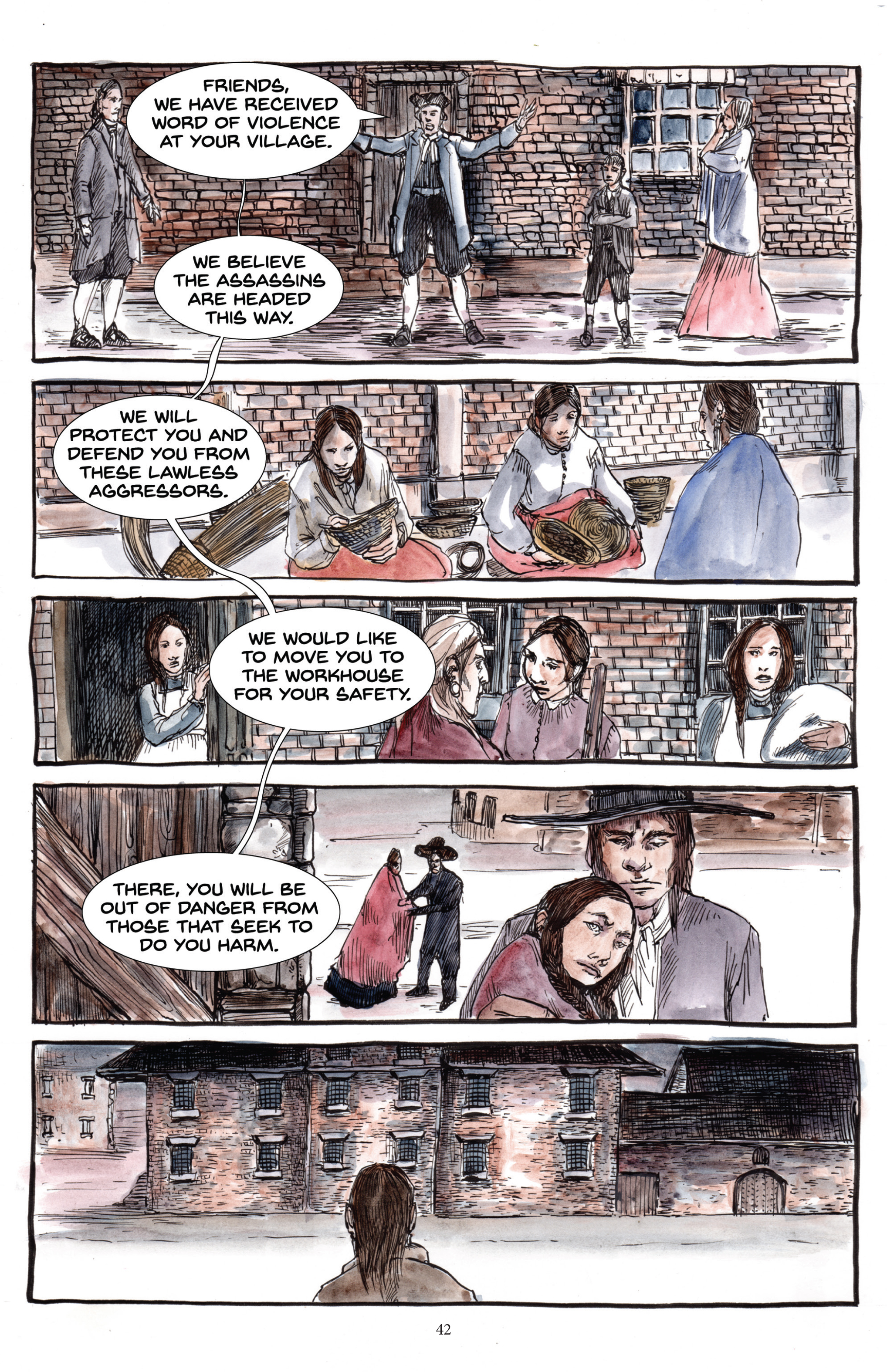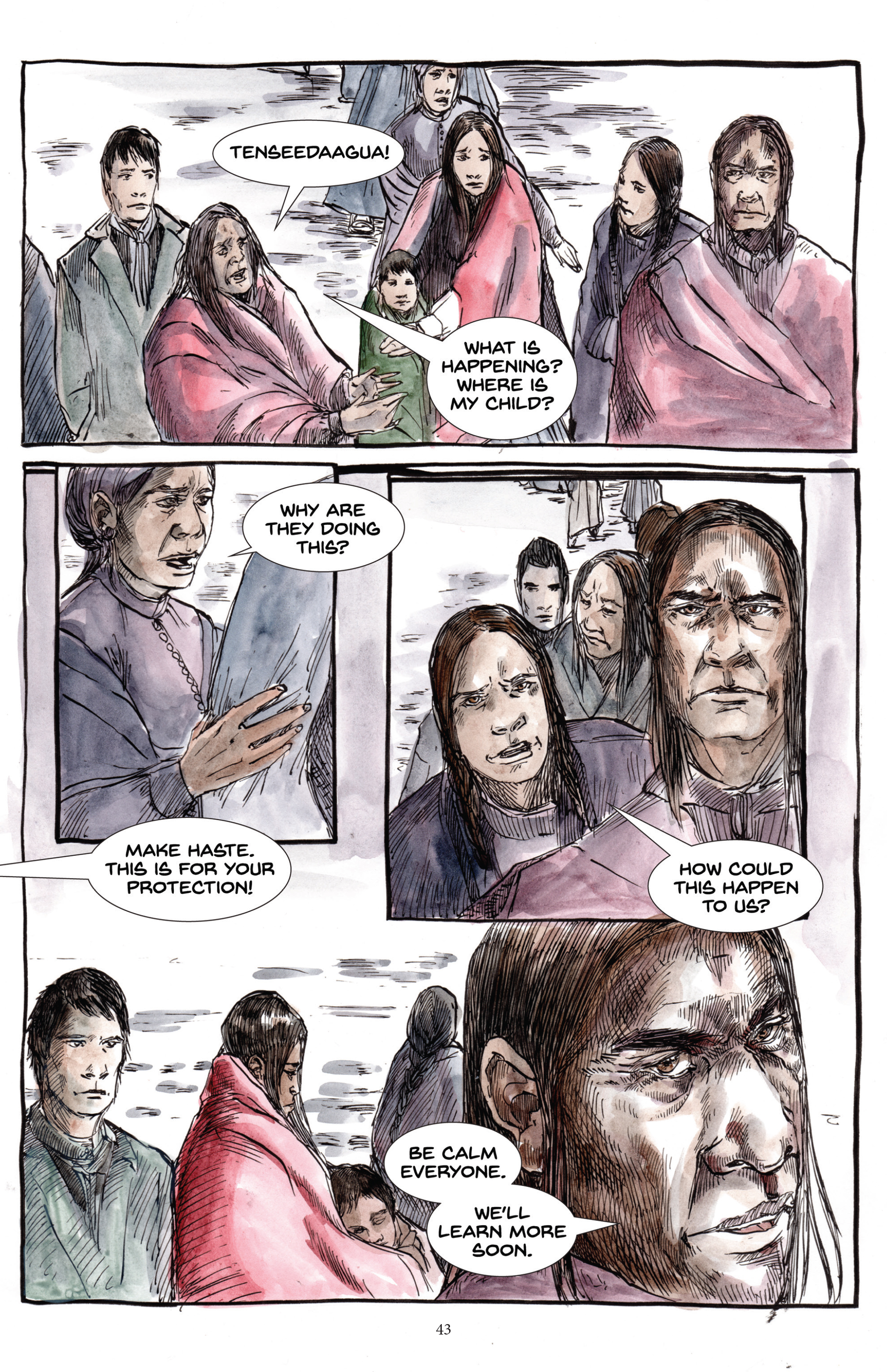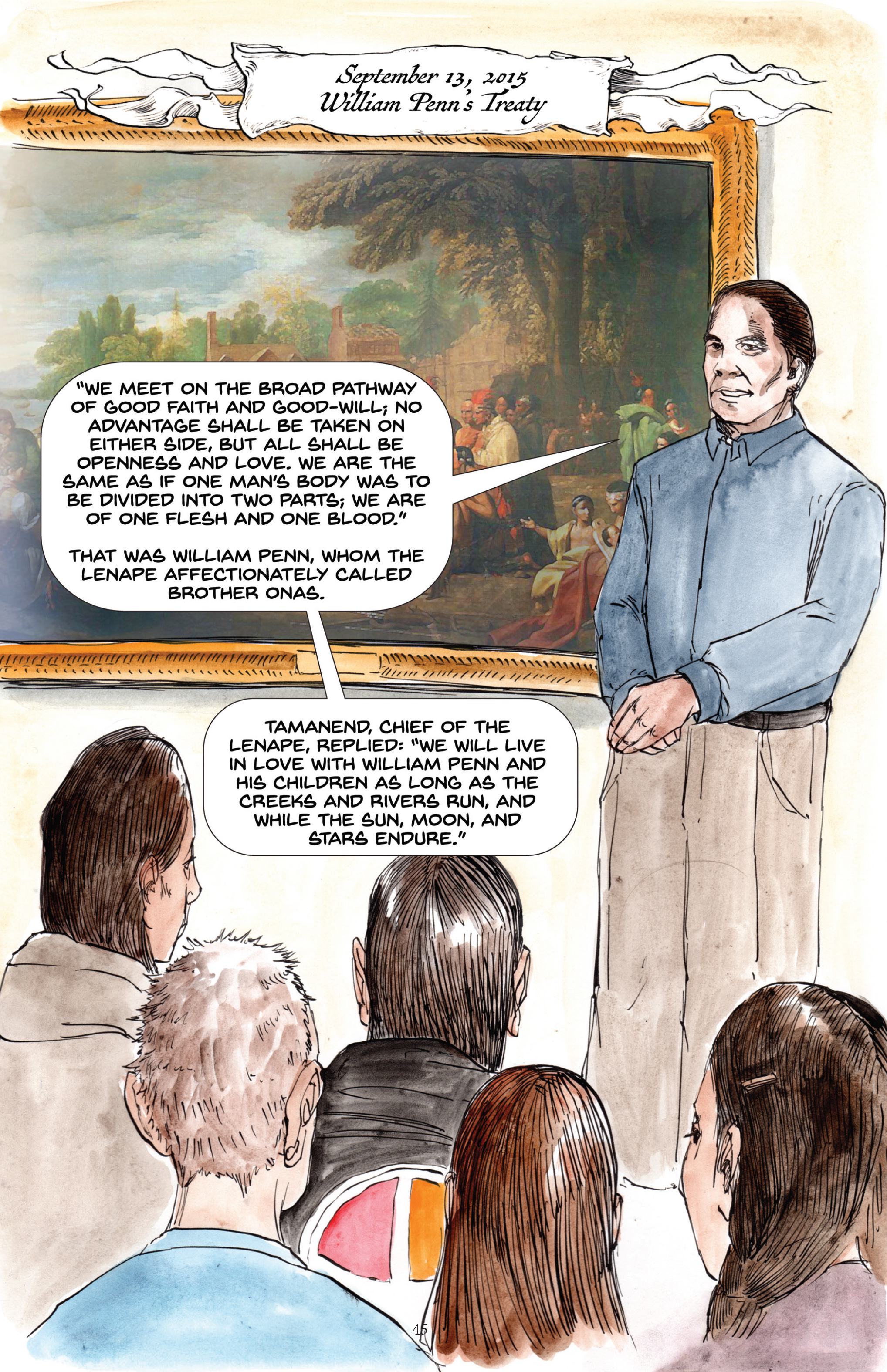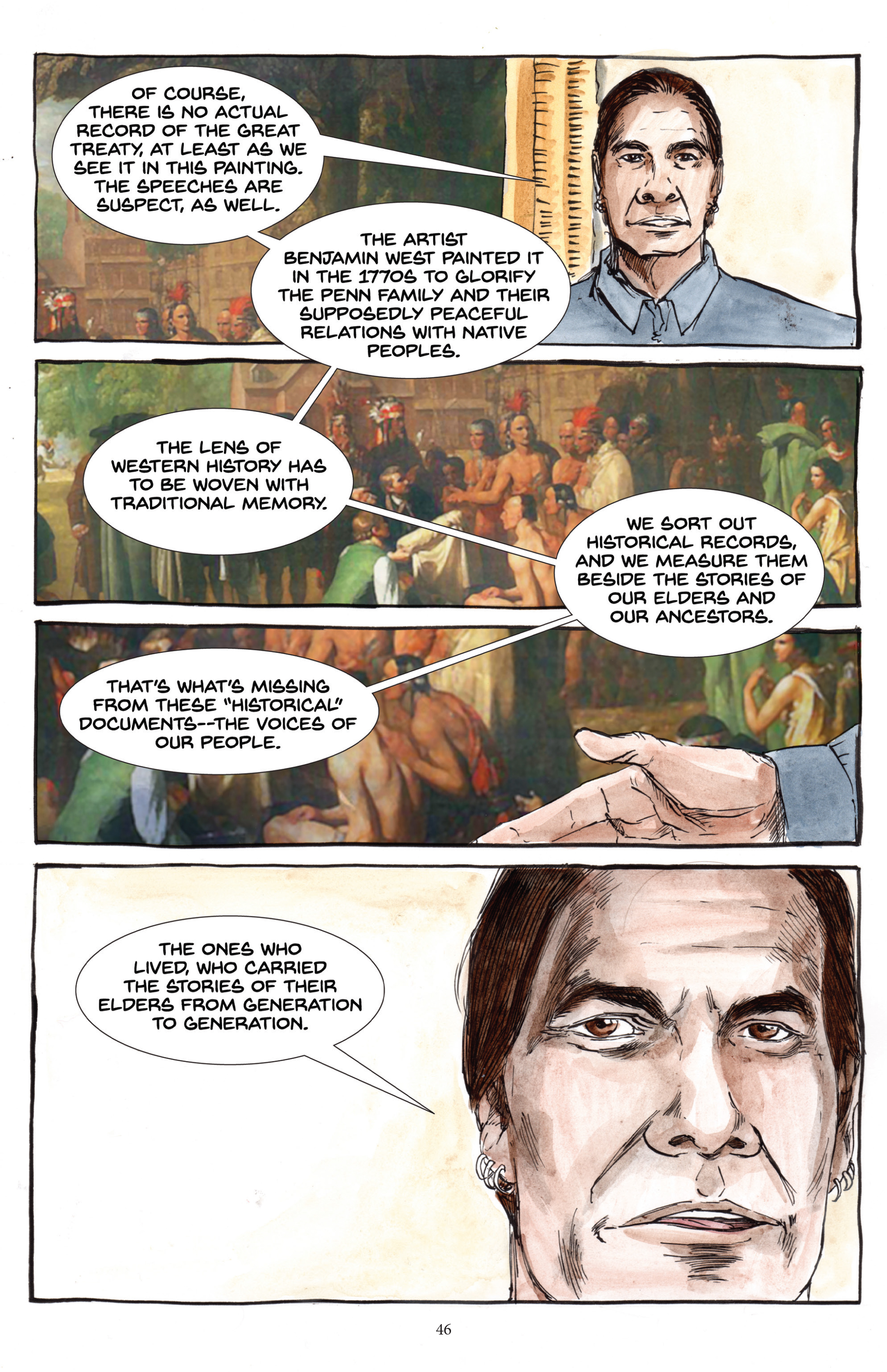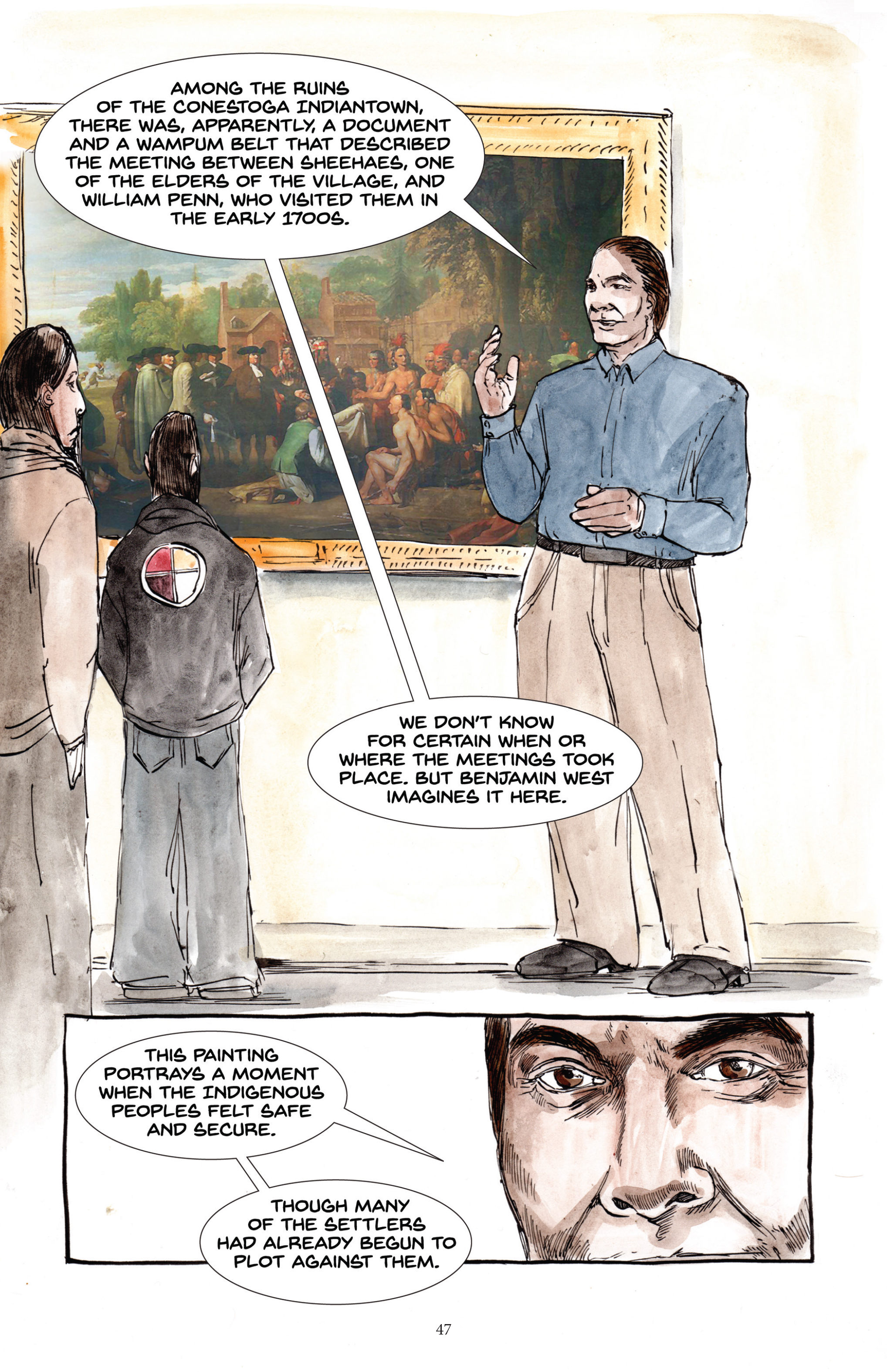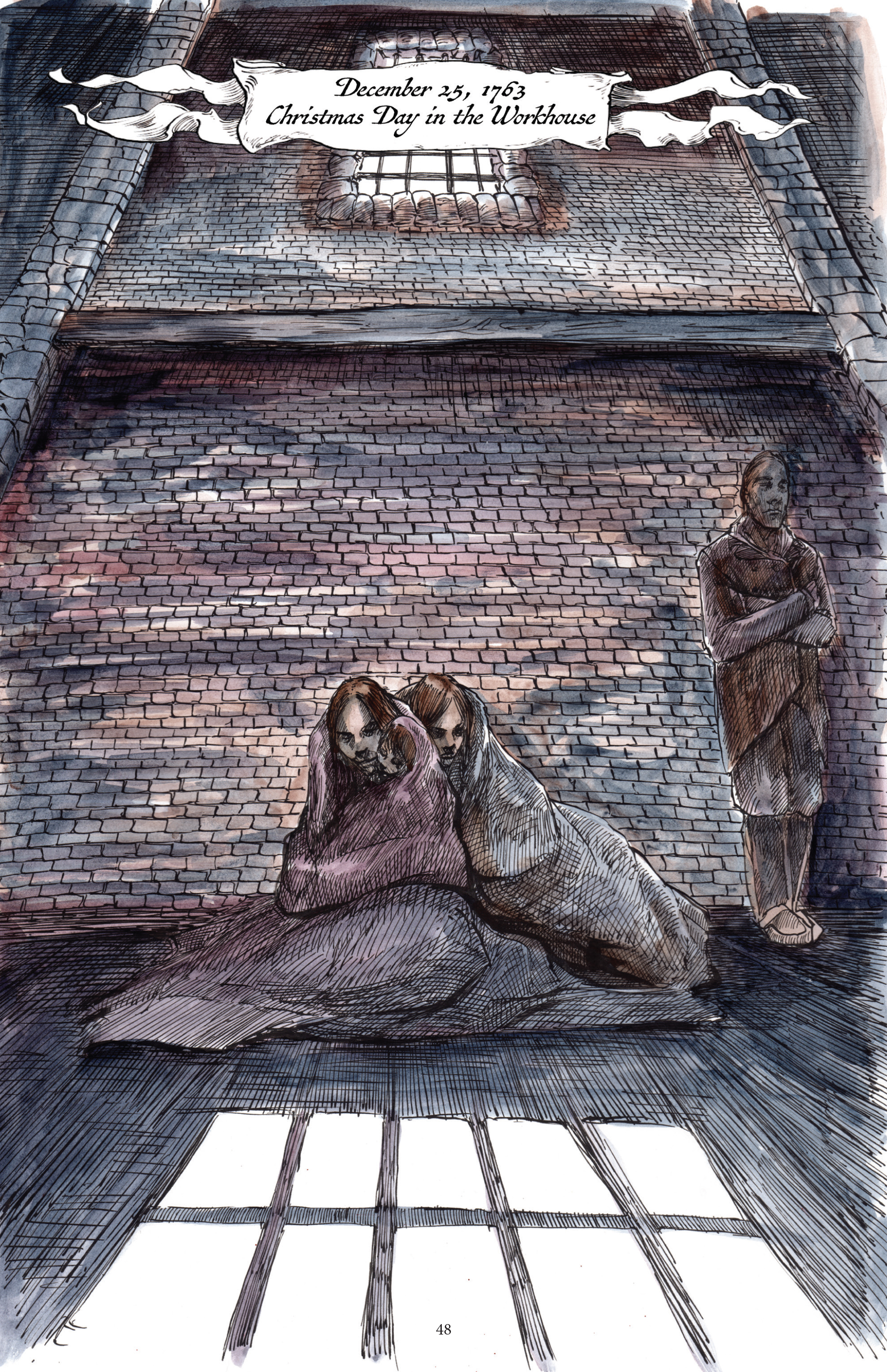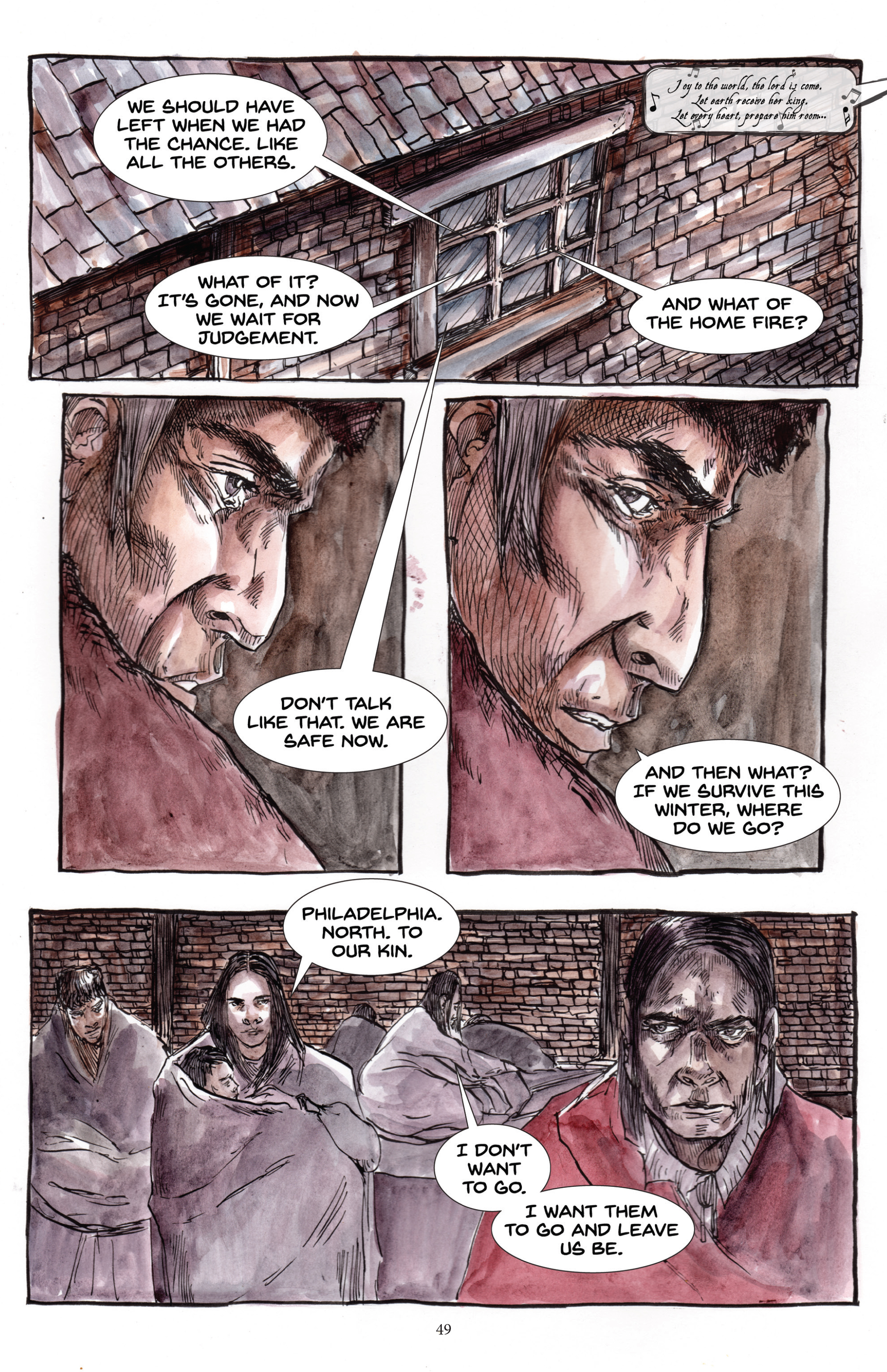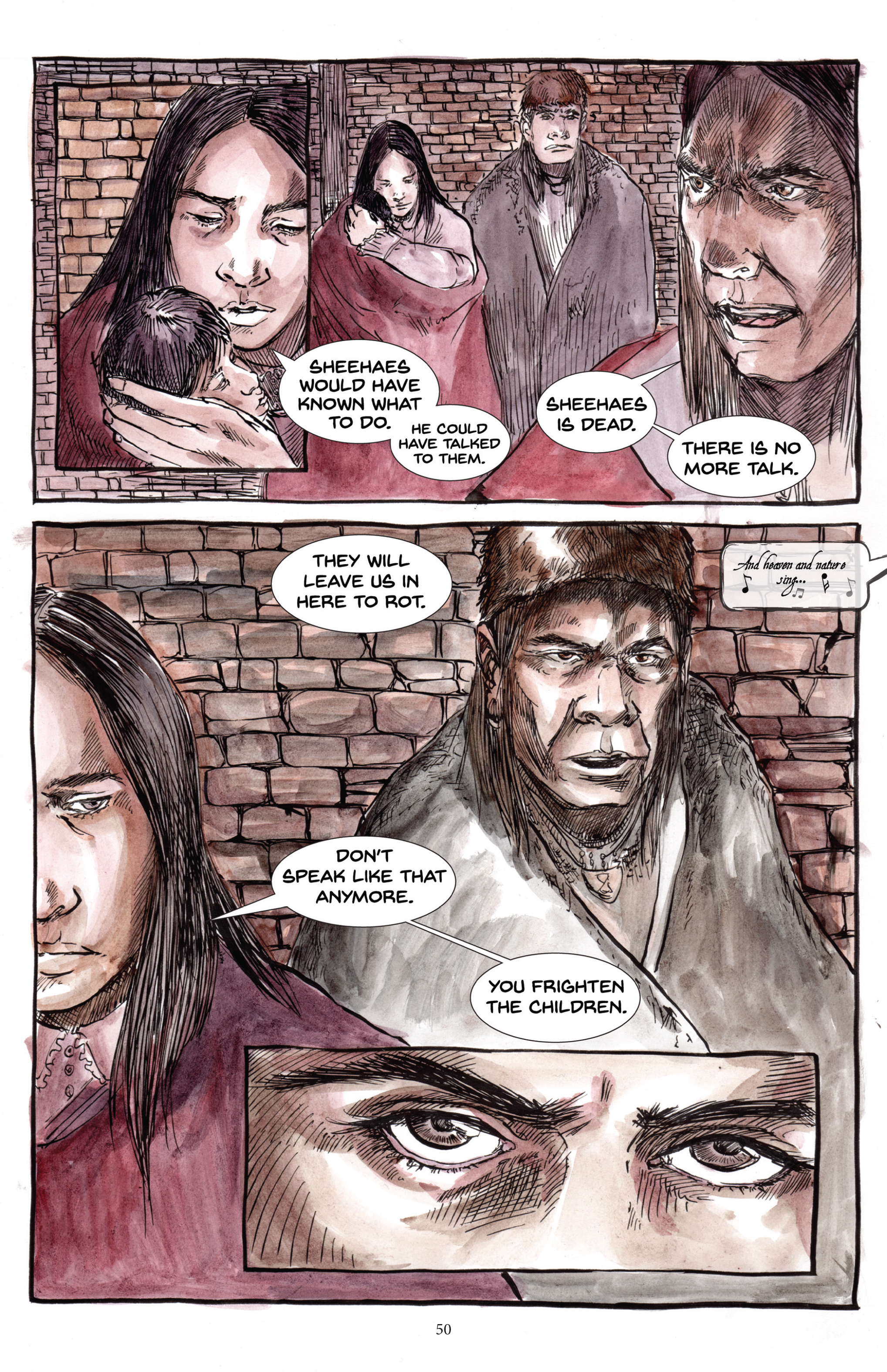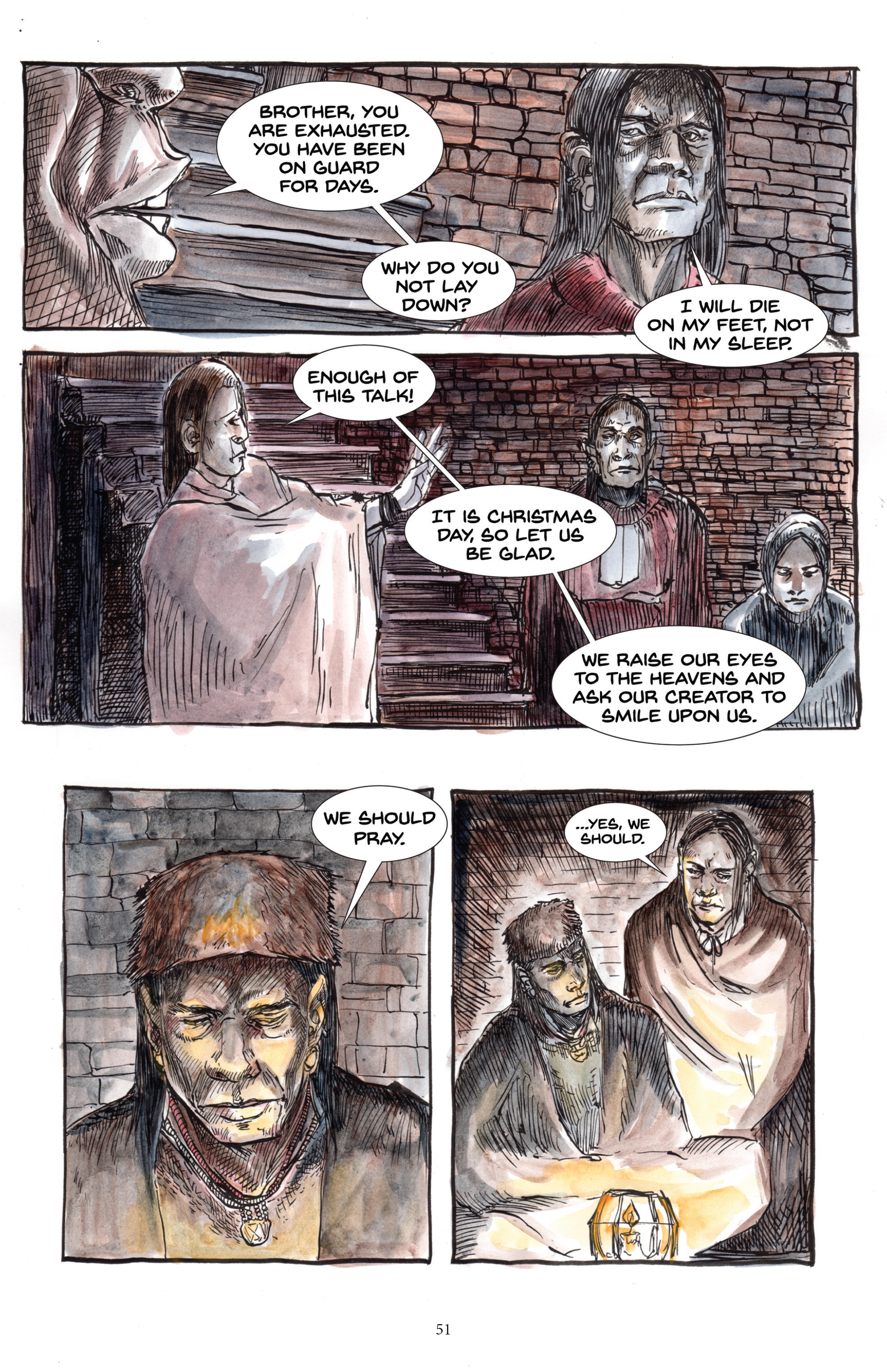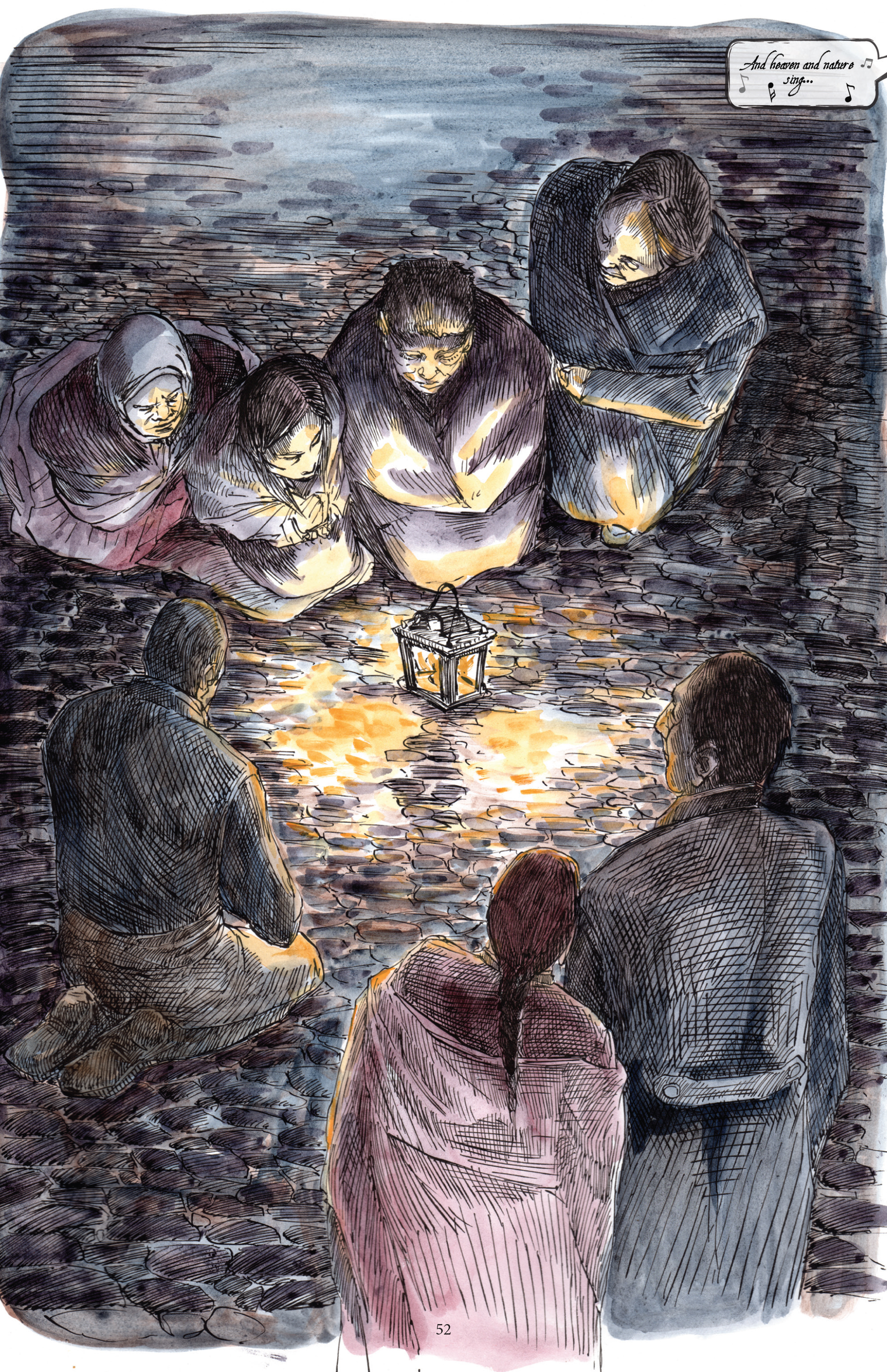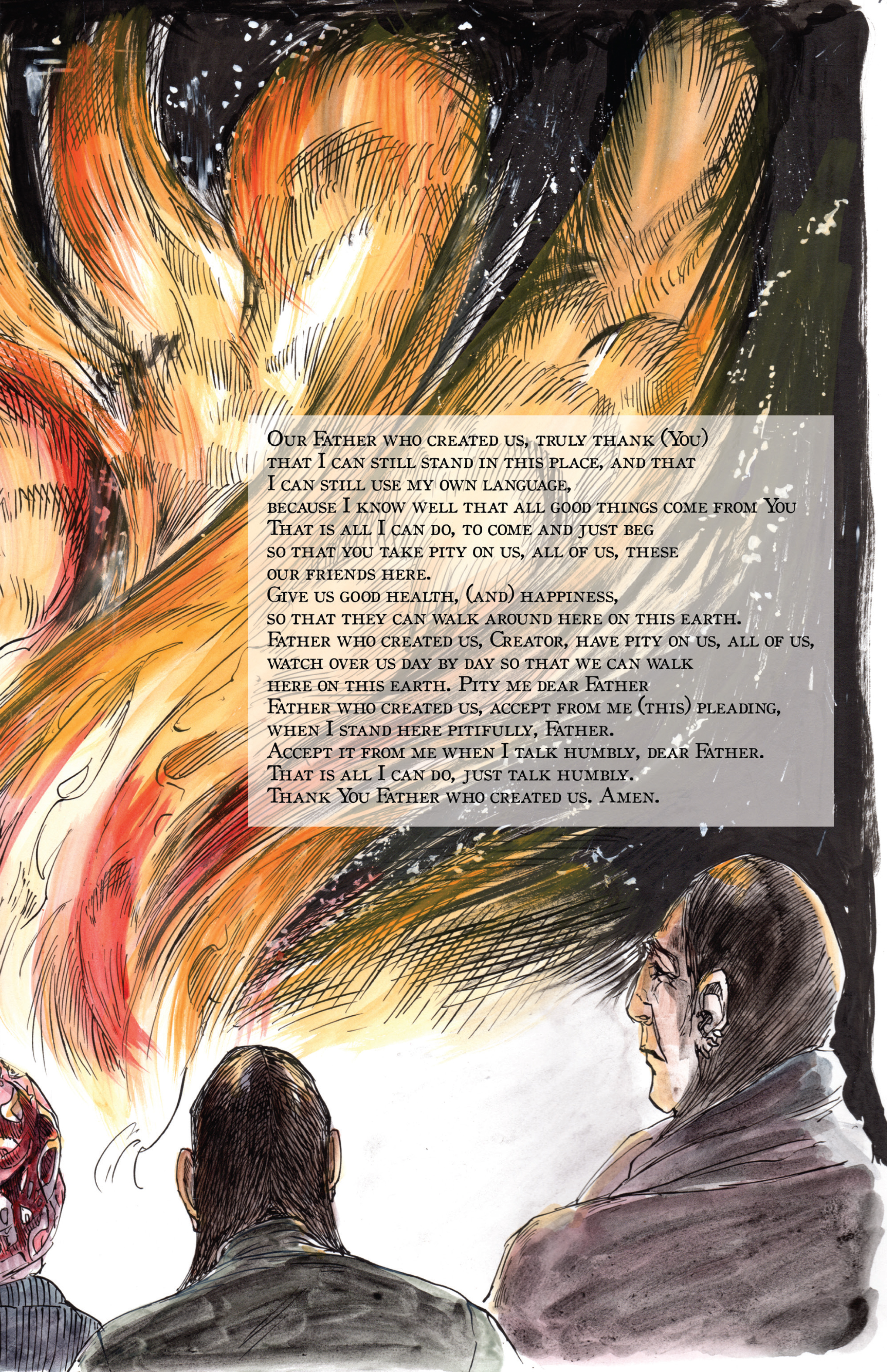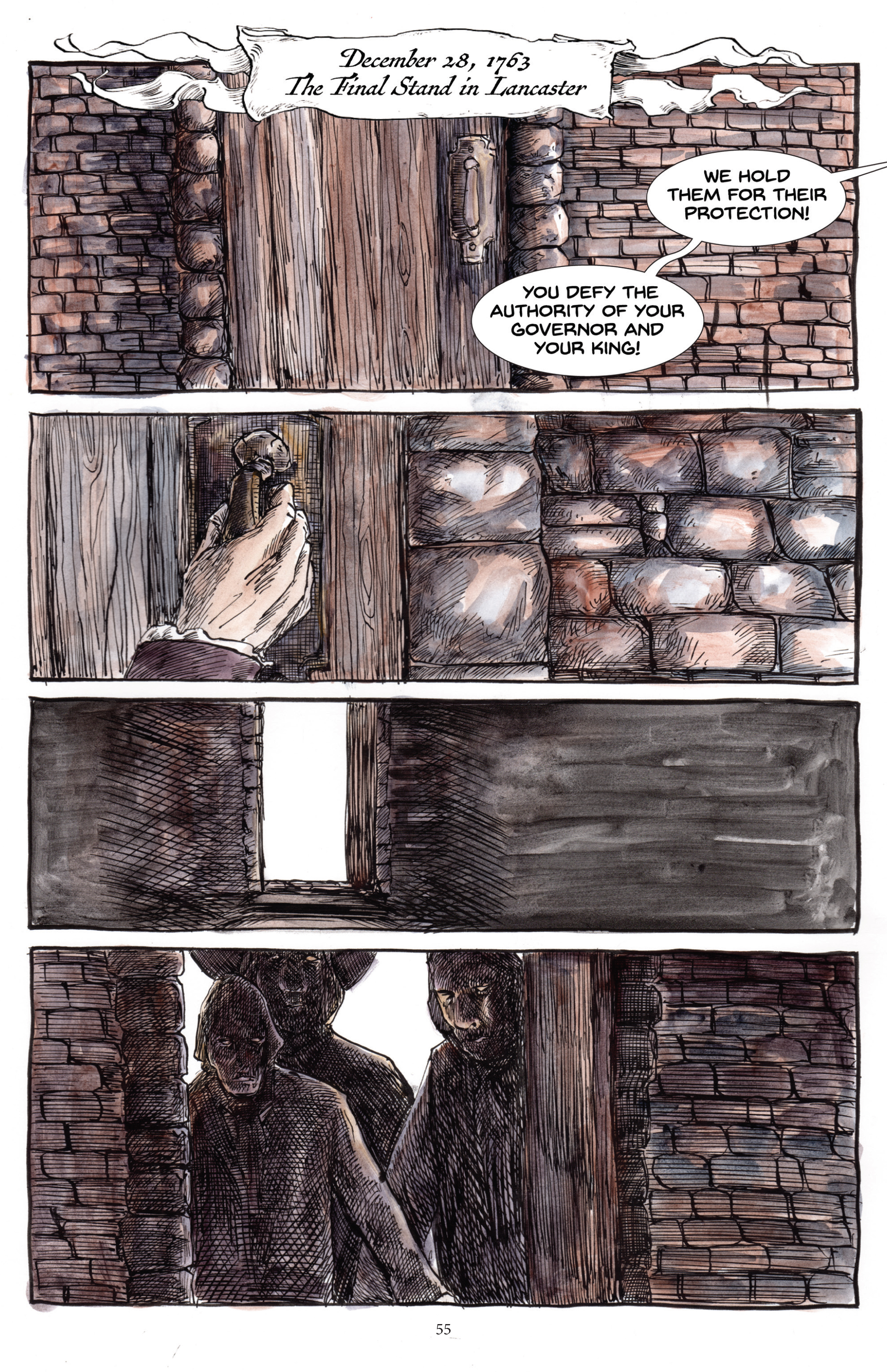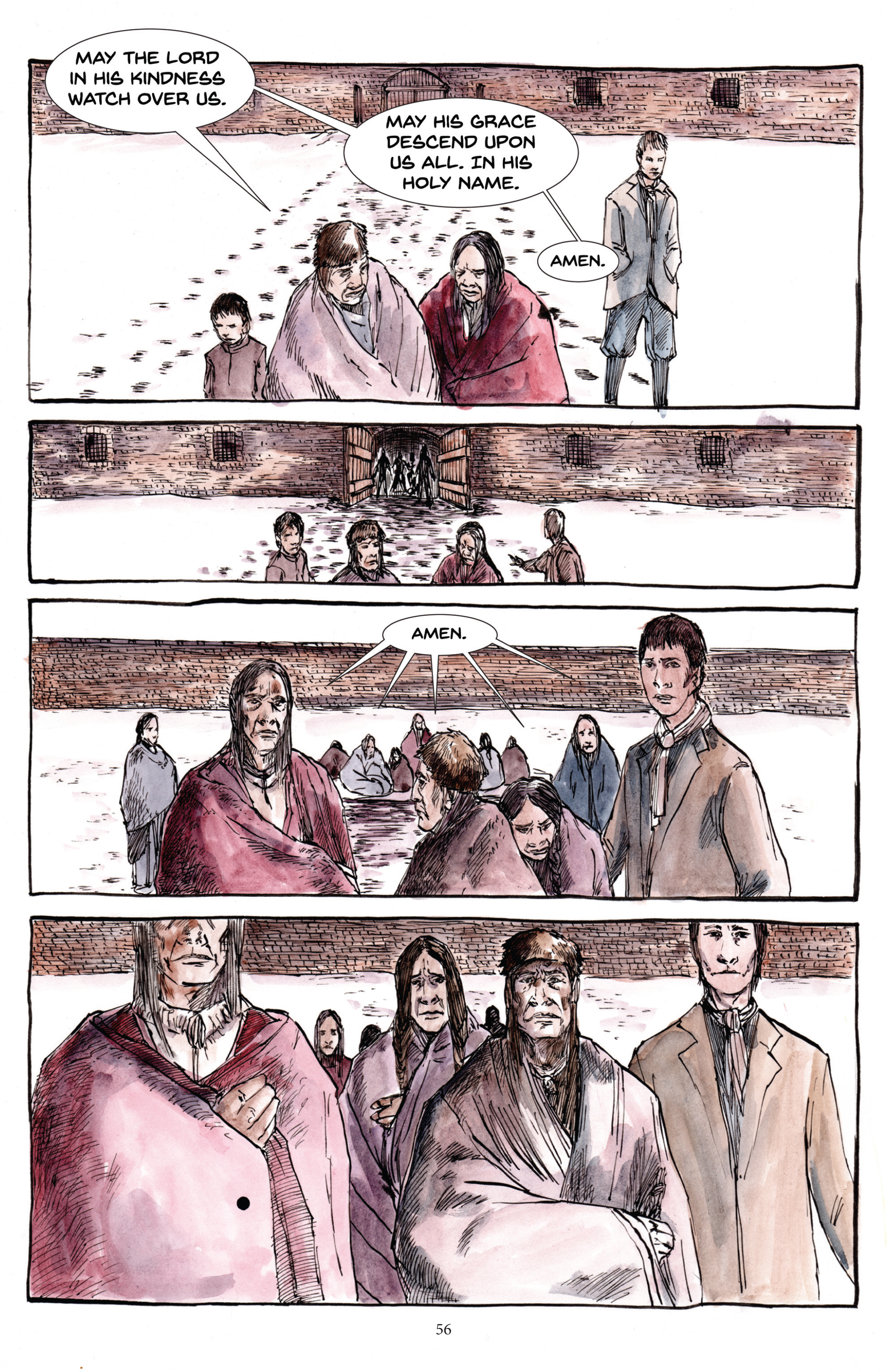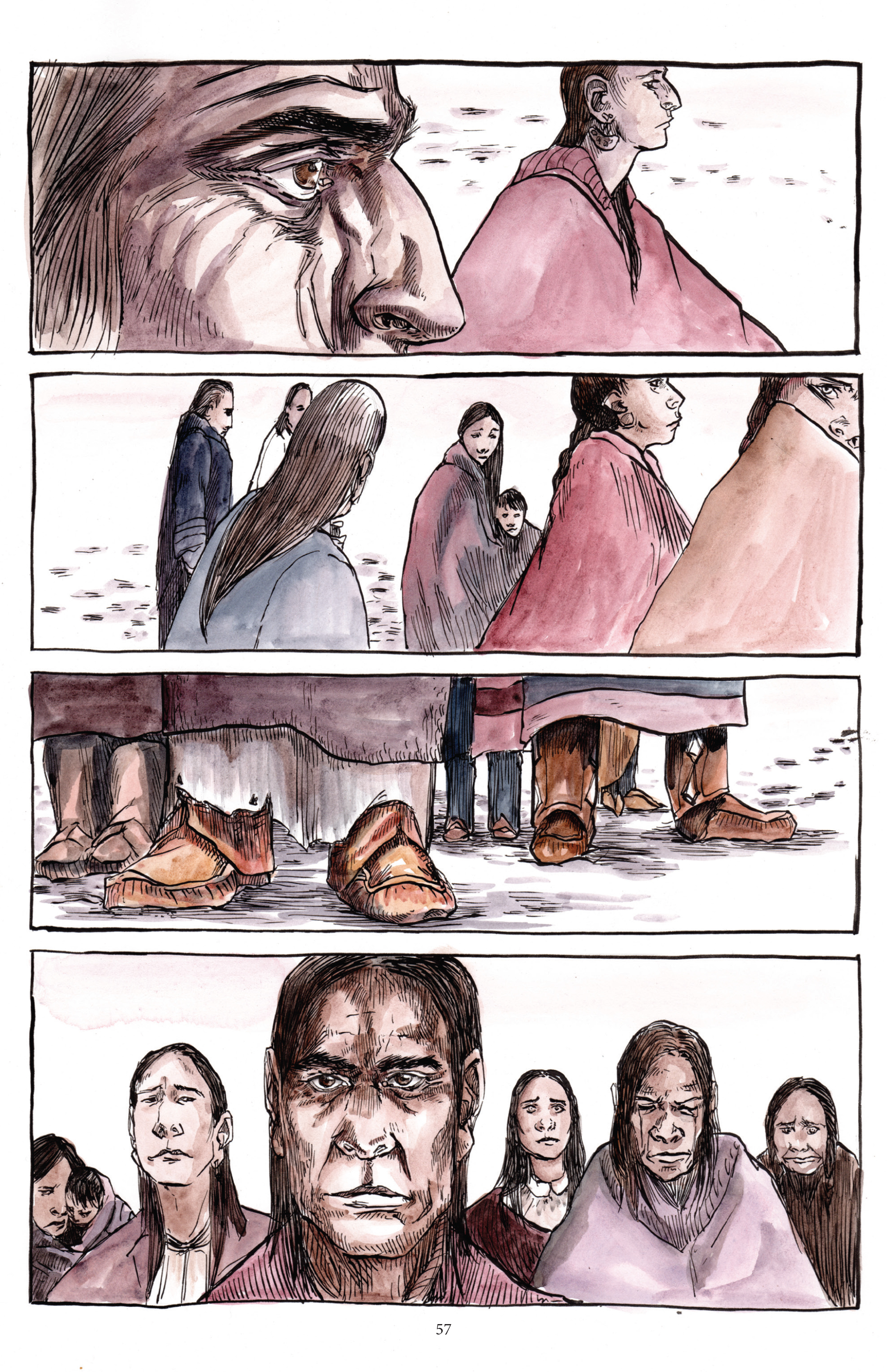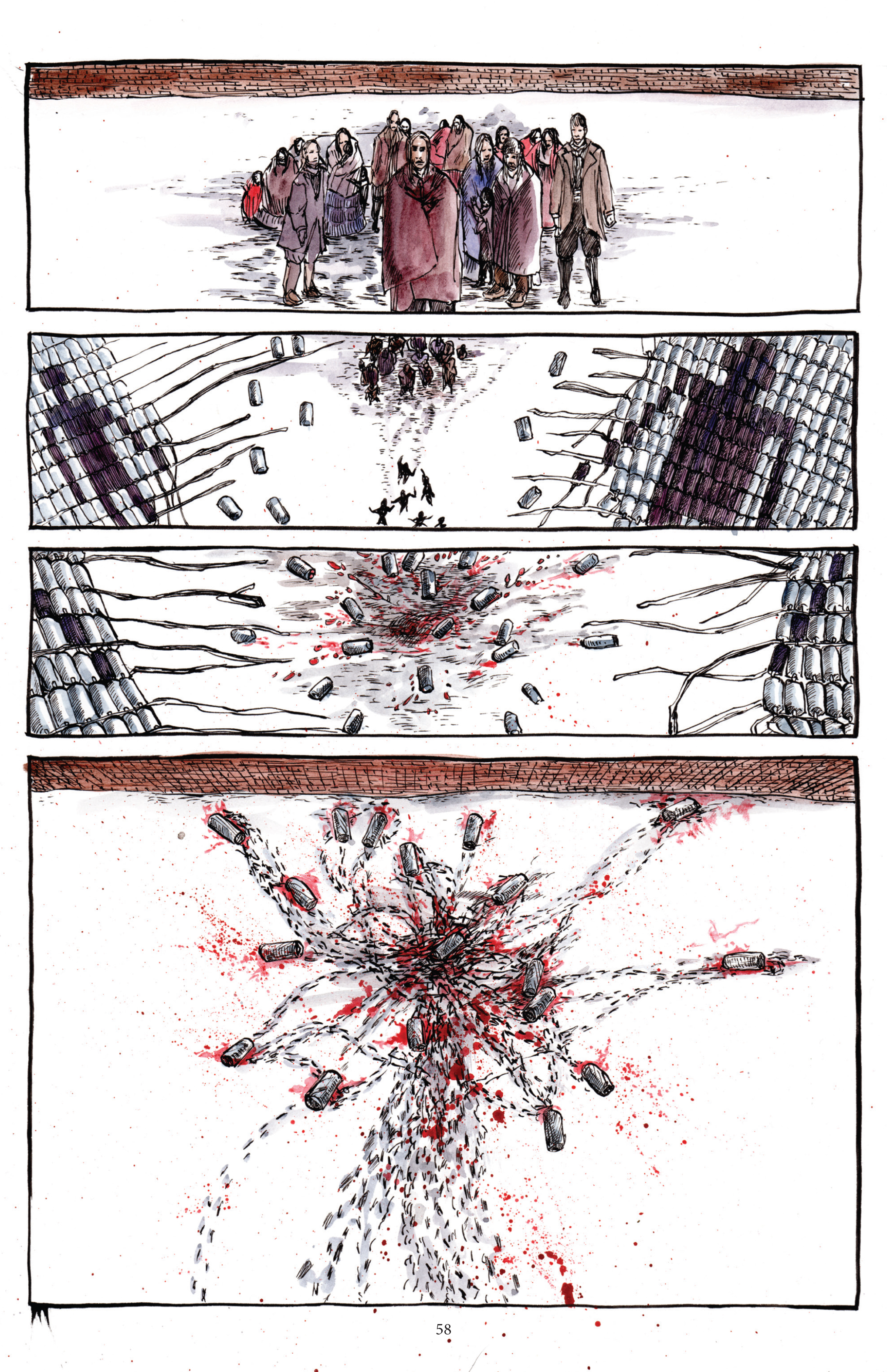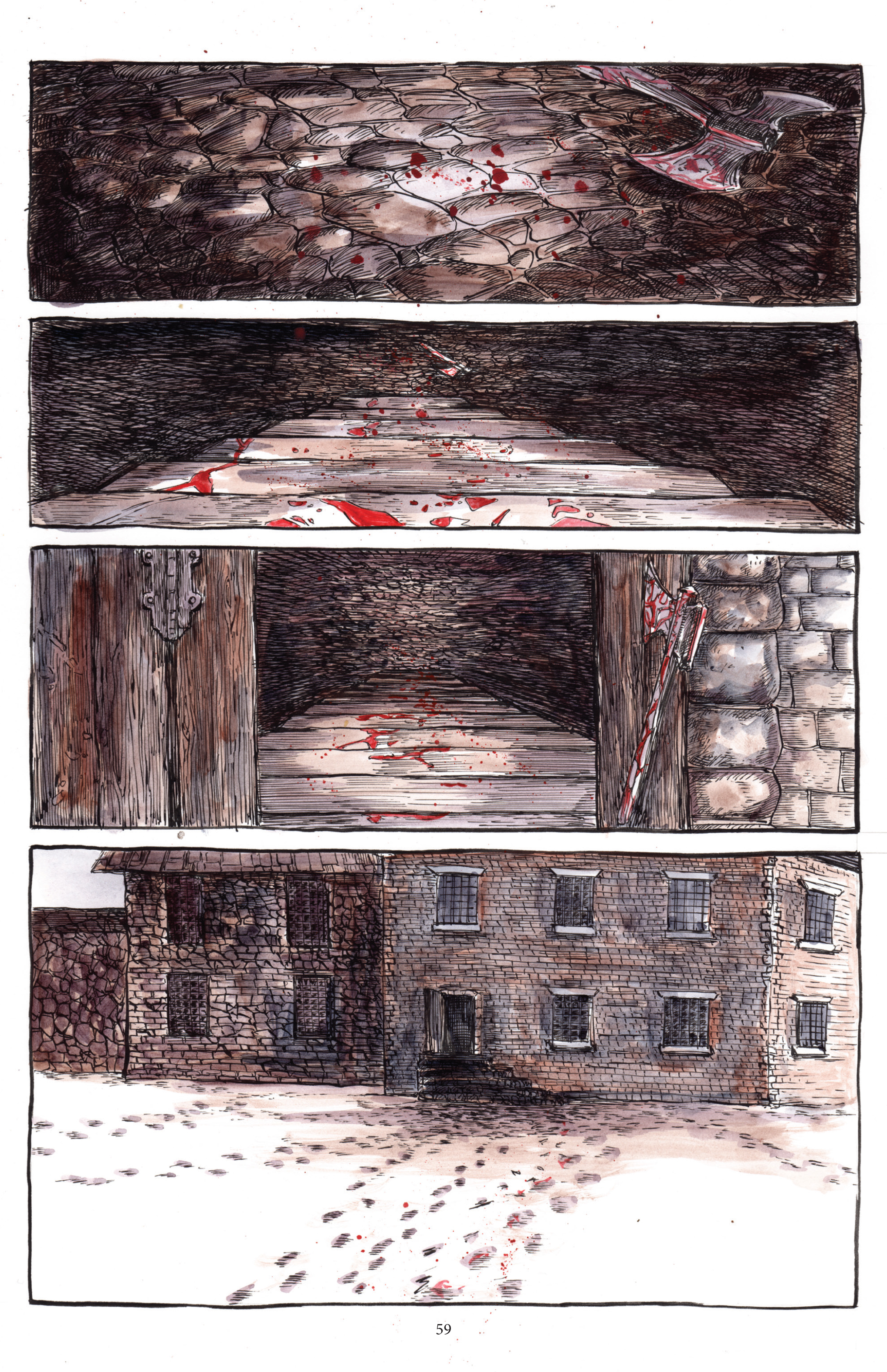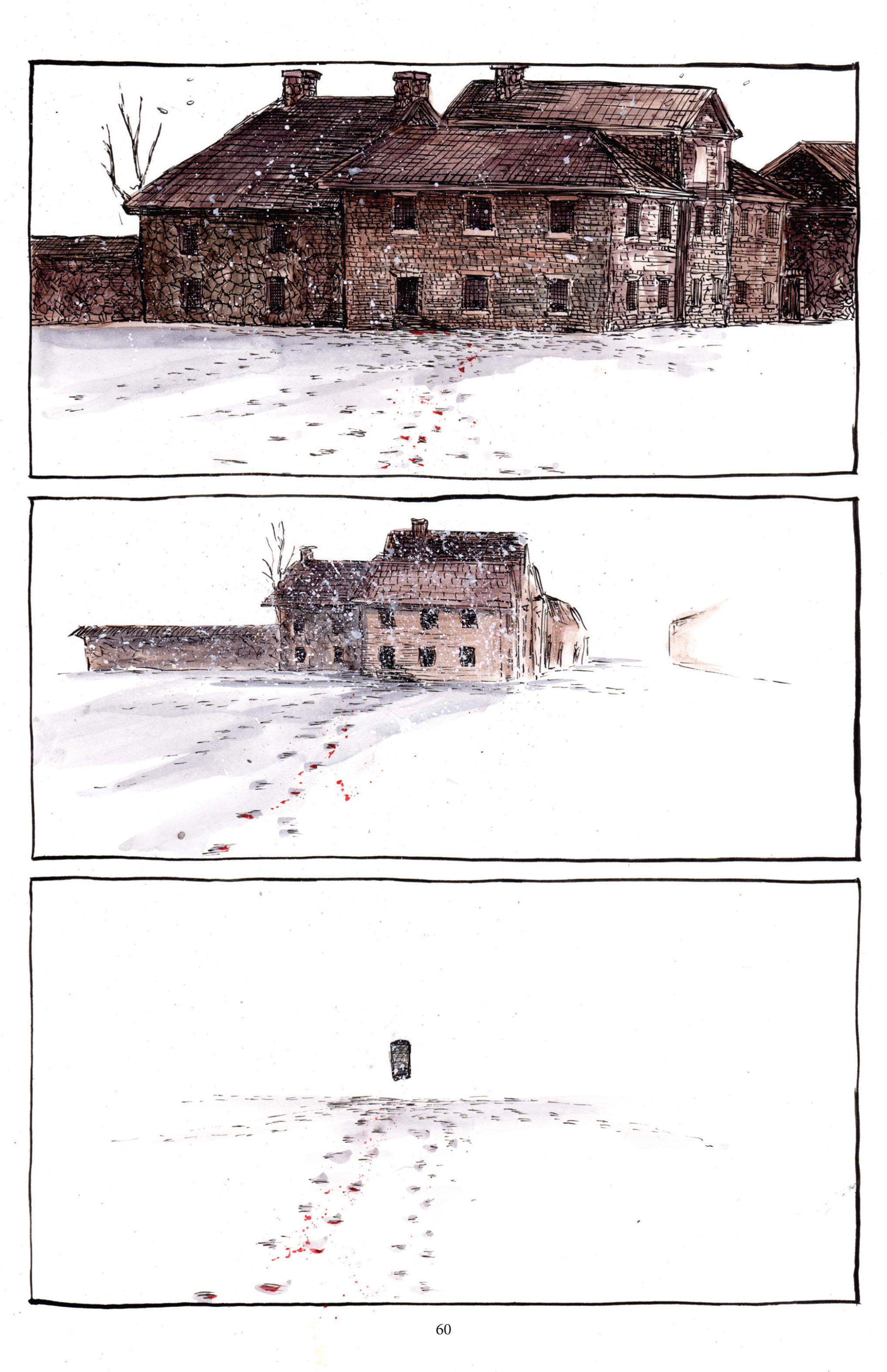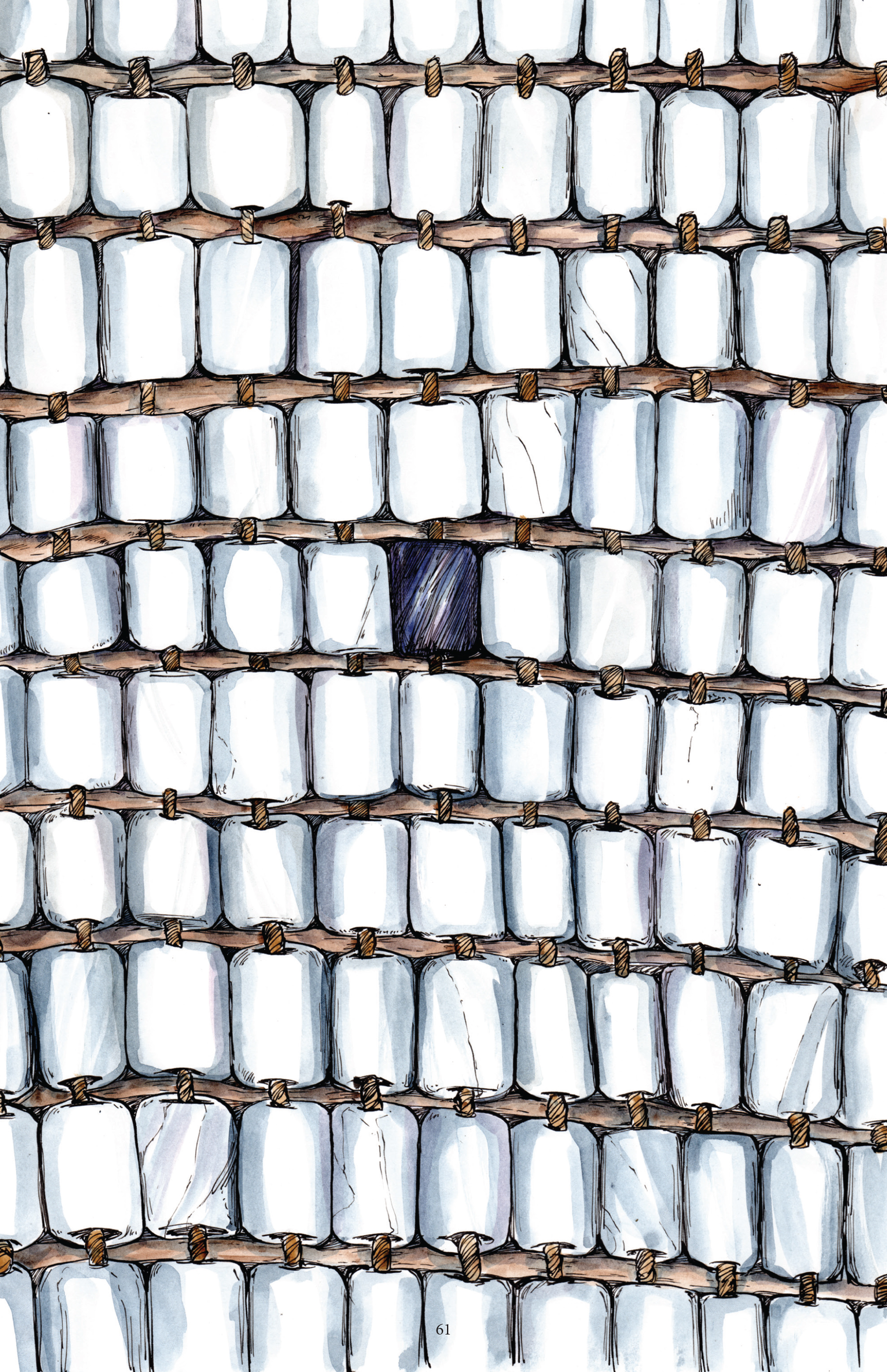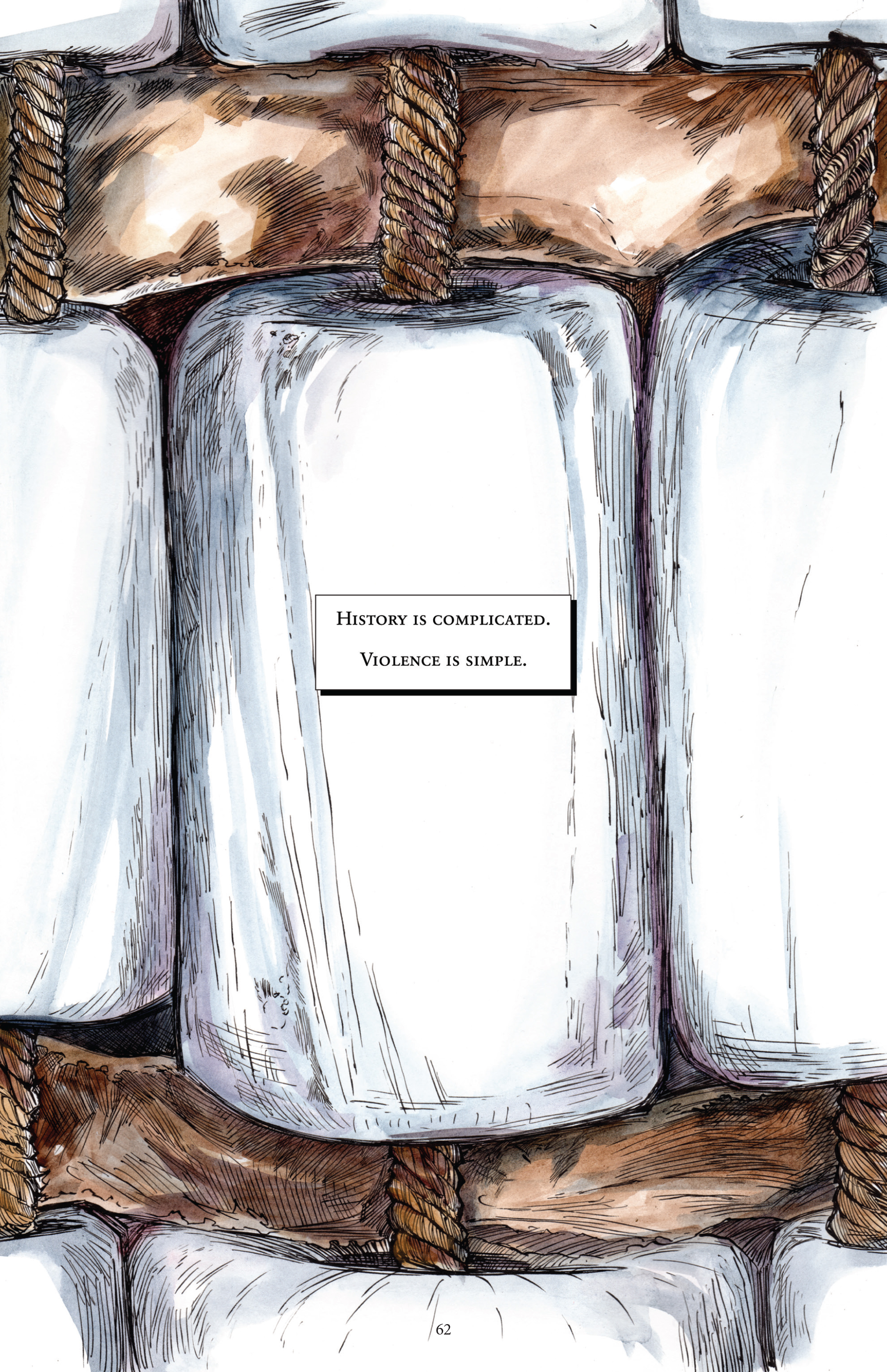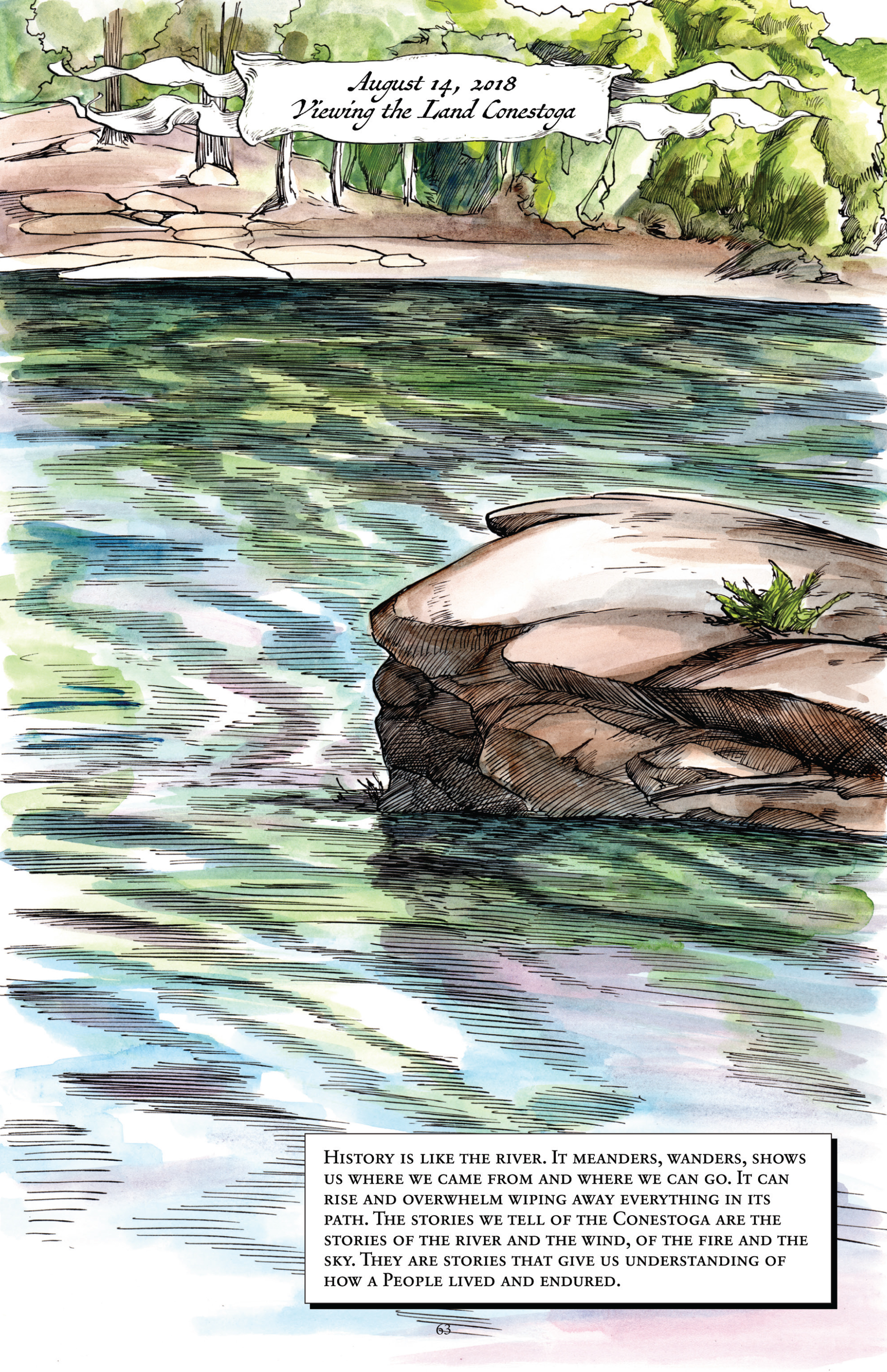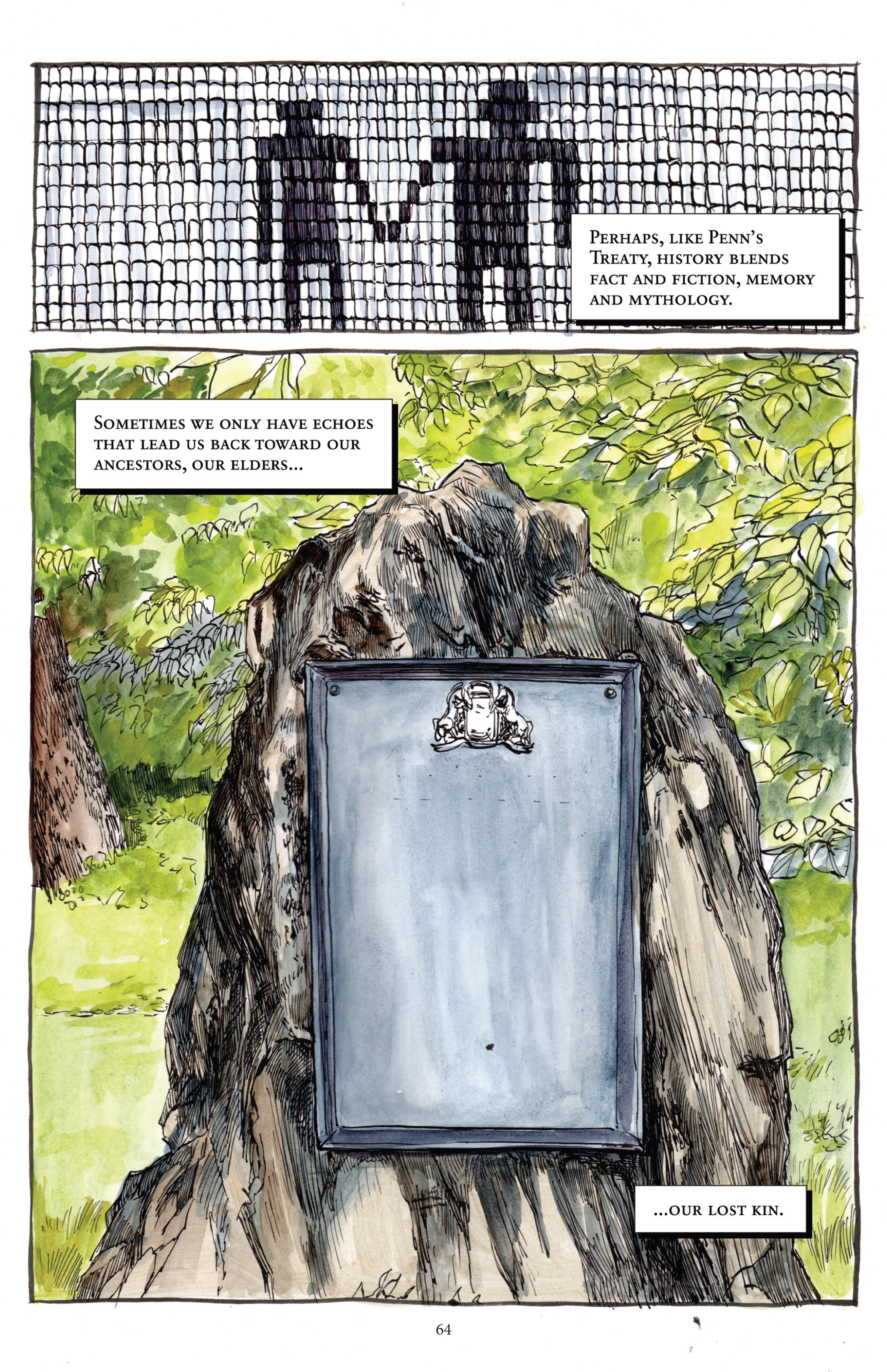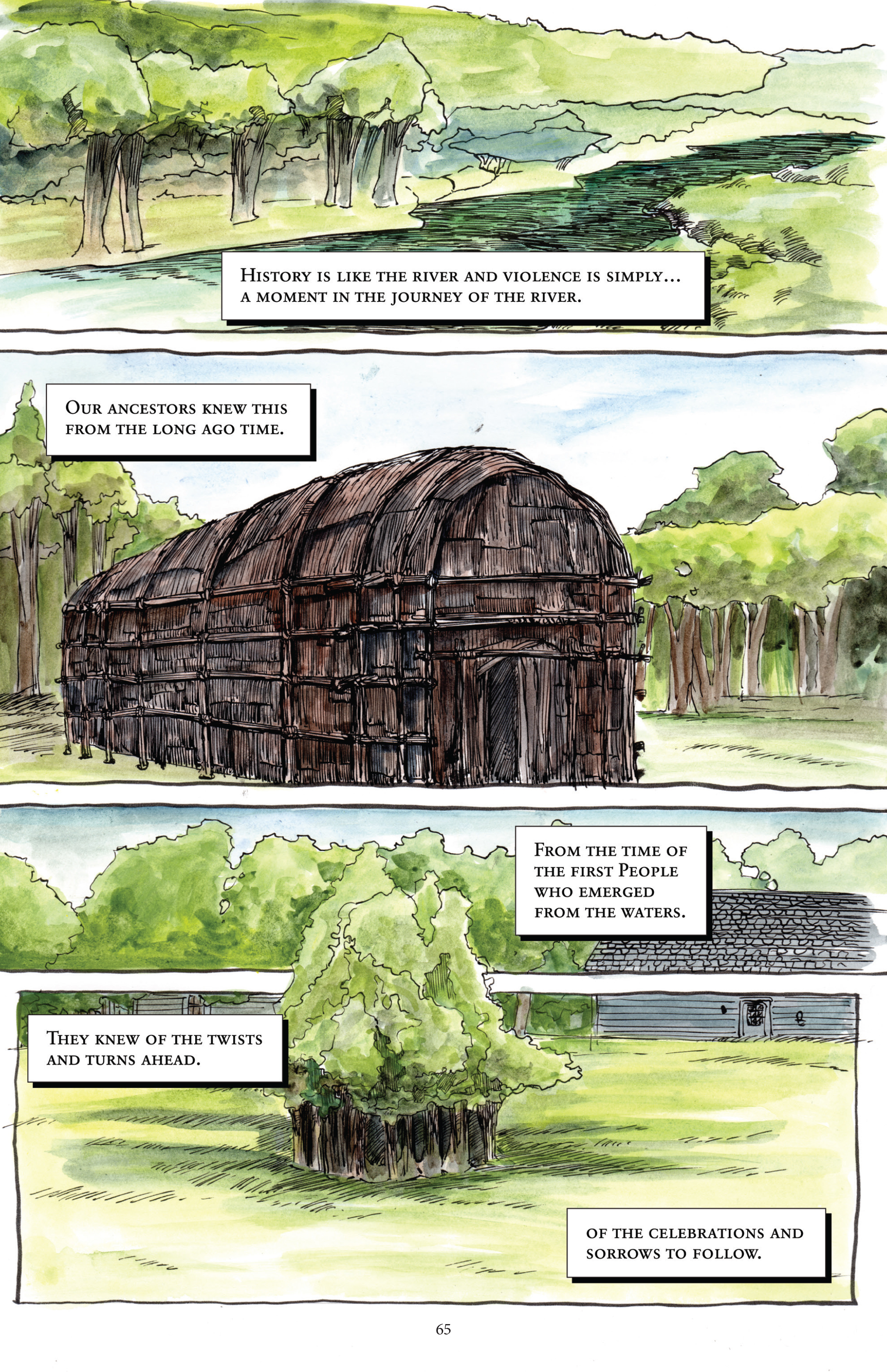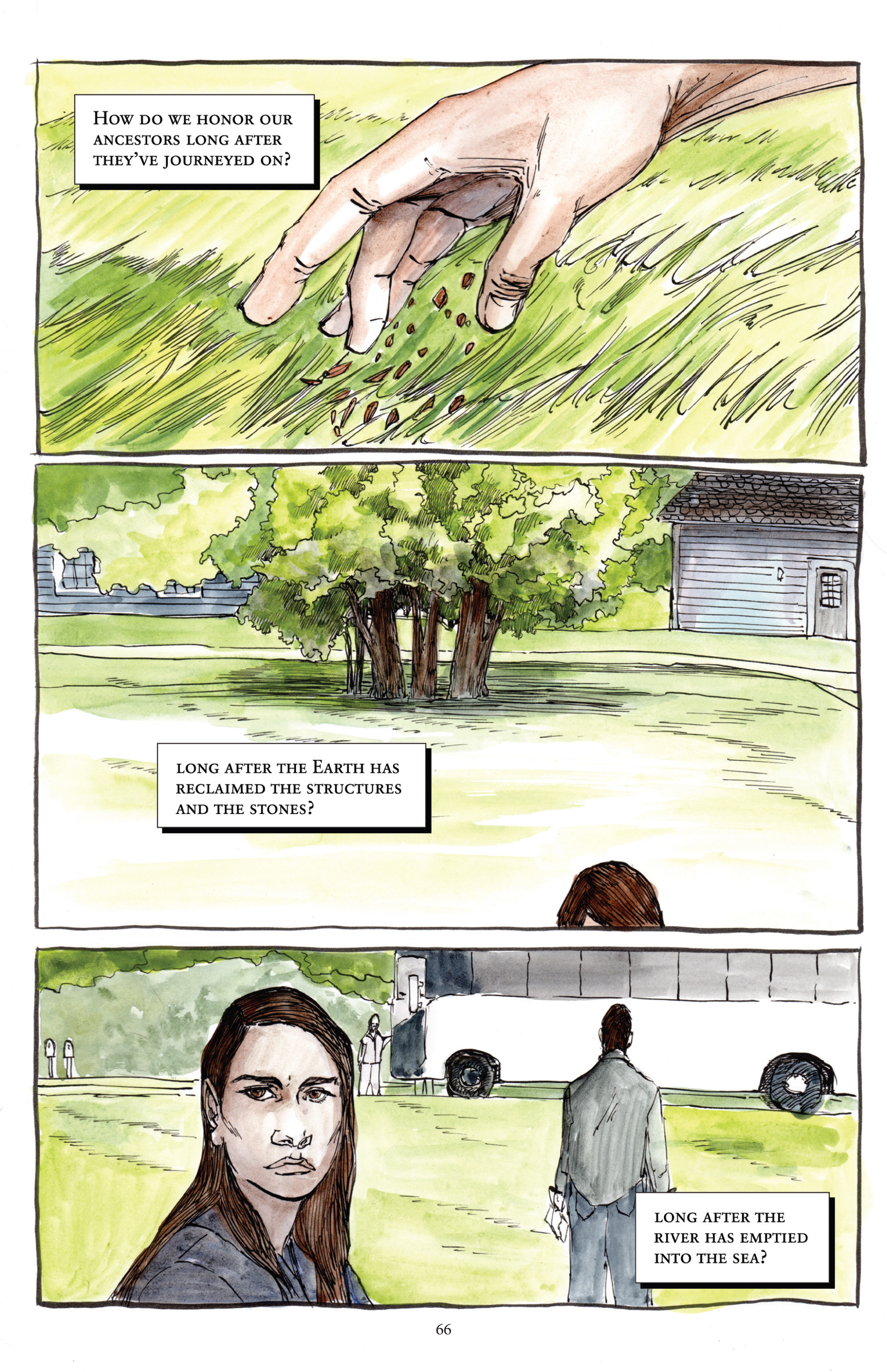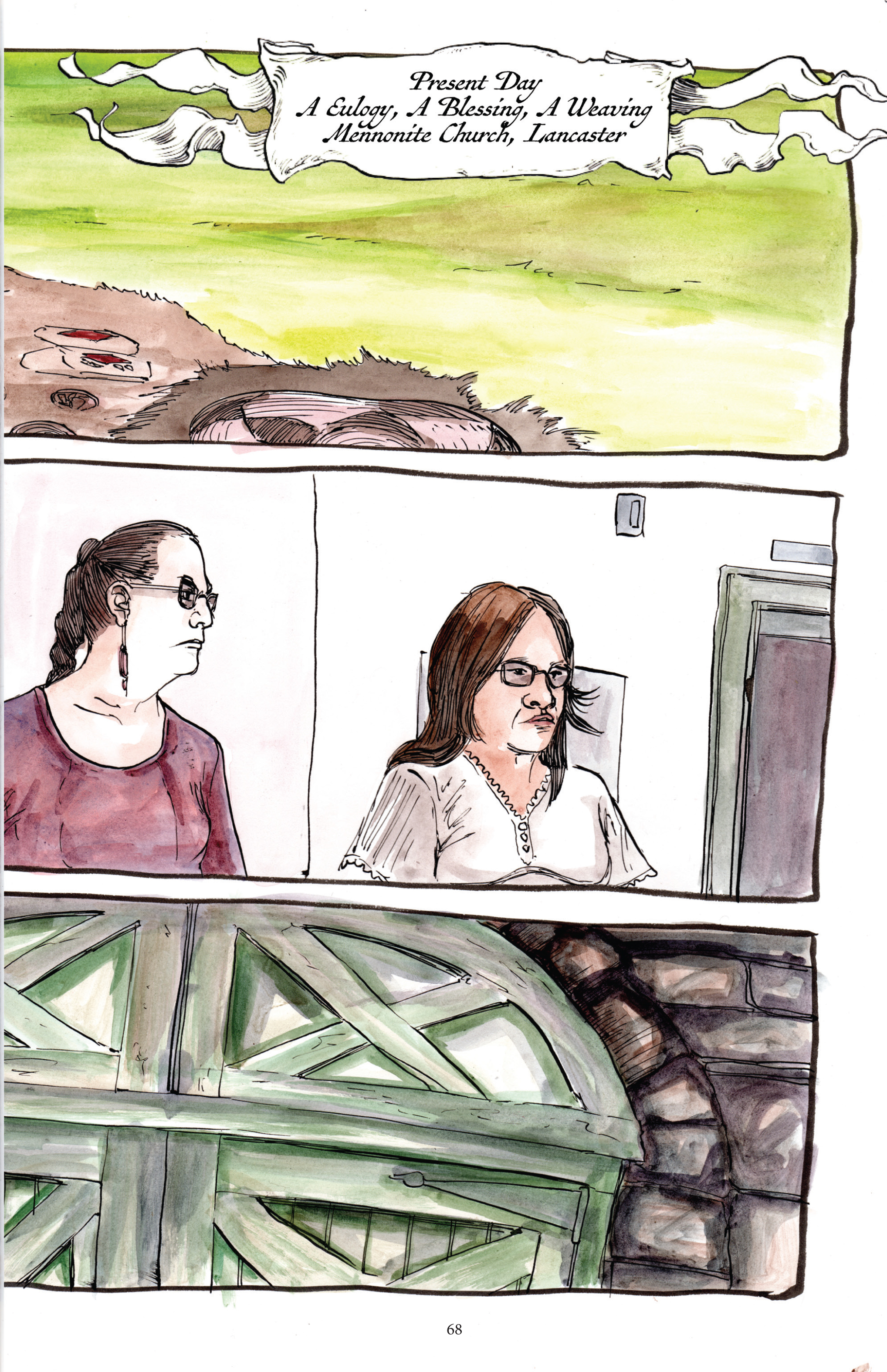December 25, 1763 – Christmas Day in the Barracks
In Barracks, the Lenape are also in prayer. They gather around a fire to offer their thanks in their own language.
ALL
Our Father who created us, truly thank (You)
that I can still stand in this place, and that
I can still use my own language,
because I know well that all good things come from You
That is all I can do, to come and just beg
so that you take pity on us, all of us, these
our friends here.
Give us good health, (and) happiness,
so that they can walk around here on this earth.
Father who created us, Creator, have pity on us, all of us,
watch over us day by day so that we can walk
here on this earth. Pity me dear Father
Father who created us, accept from me (this) pleading,
when I stand here pitifully, Father.
Accept it from me when I talk humbly, dear Father.
That is all I can do, just talk humbly.
Thank You Father who created us. Amen.
Kuxëna Kishelëmienk, kehëla wanìshi
tìli nkàski kwiakwi yushè nipain, òk tìli
nkàski kwiakwi nakatàmën nihëlàchi èlixsia,
èli nuli watun weltëk wèmi kèku Ki wënchixën.
Nal në shùk nkàski lìsin, pèchi may shùk winëwe
tìlìch tëmakelëminèn, wèmi èntxienkw, yuki
kitisënanàk yushè.
Milinèn wëlamàlsëwakàn, wëlatenamëwakàn,
wënchìch kàski ahpamskaneyo yushè ènta xkwithakamika.
Nuxa Kishelëmienkw, tëmakelëminèn wèmi èntxienkw,
kenahkihinèn kwëni kishukw tìlìch kàski ahpamskanèn
yushè ènta xkwithakamika. Tëmakelëmi nuxati
Kishelëmienkw, wètënëmai winëweokàn,
ènta yushè nkëktëmaki nipain, Nuxa.
Wètënëmai ènta këktëmaktunhea, Nuxati.
Nal në shùk nkàski lìsin, pèchi may shùk nkëktëmaktunhè.
Wanìshi nuxa Kishelëmienkw. Na në lekèch.


